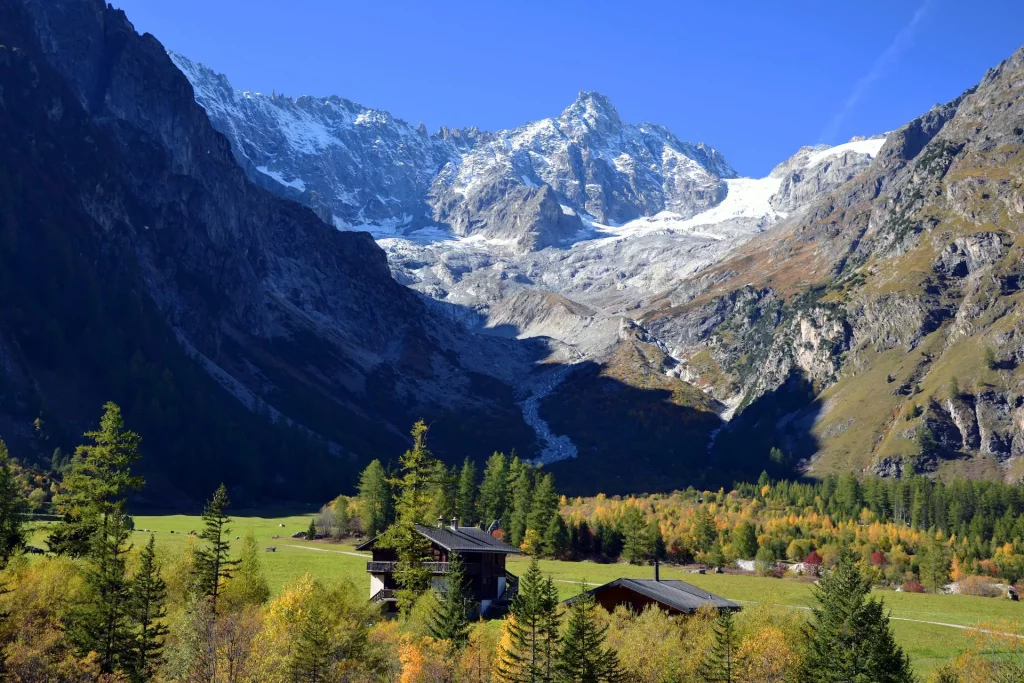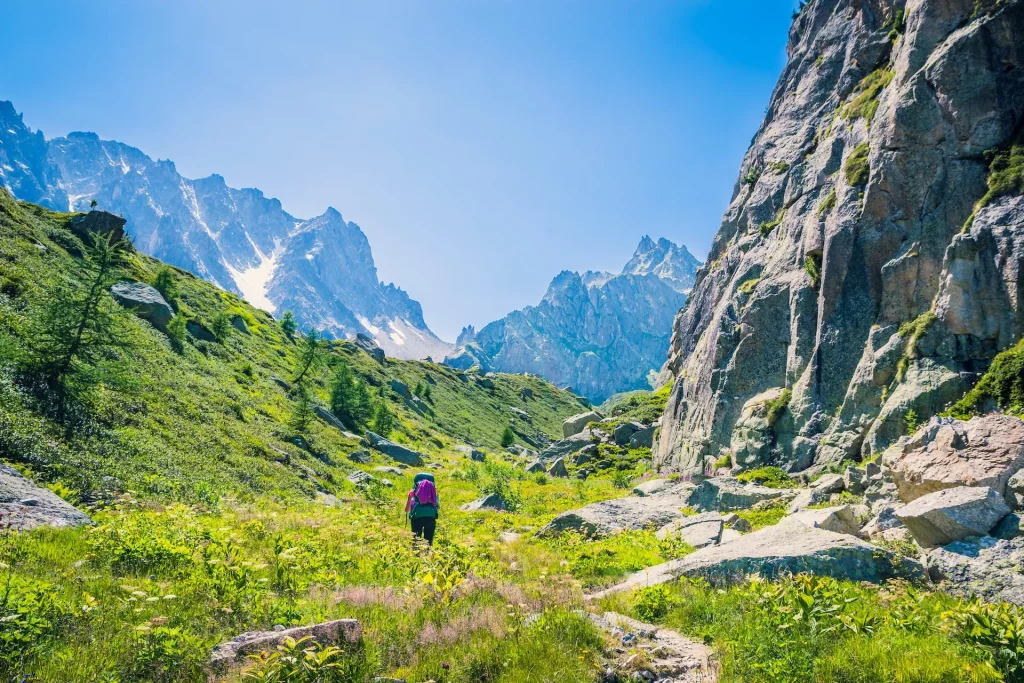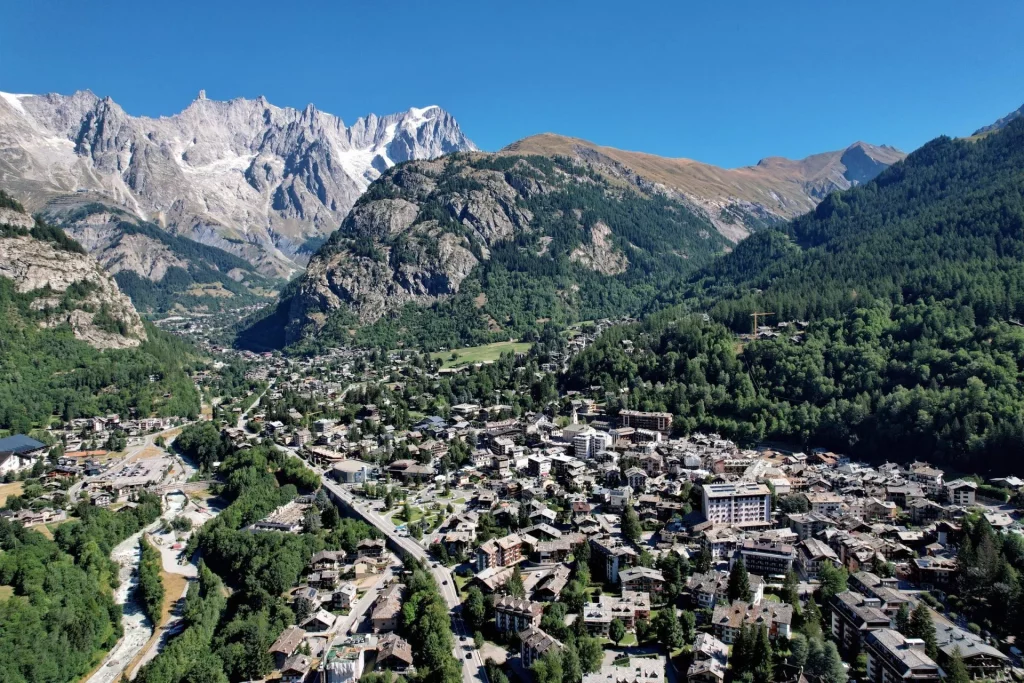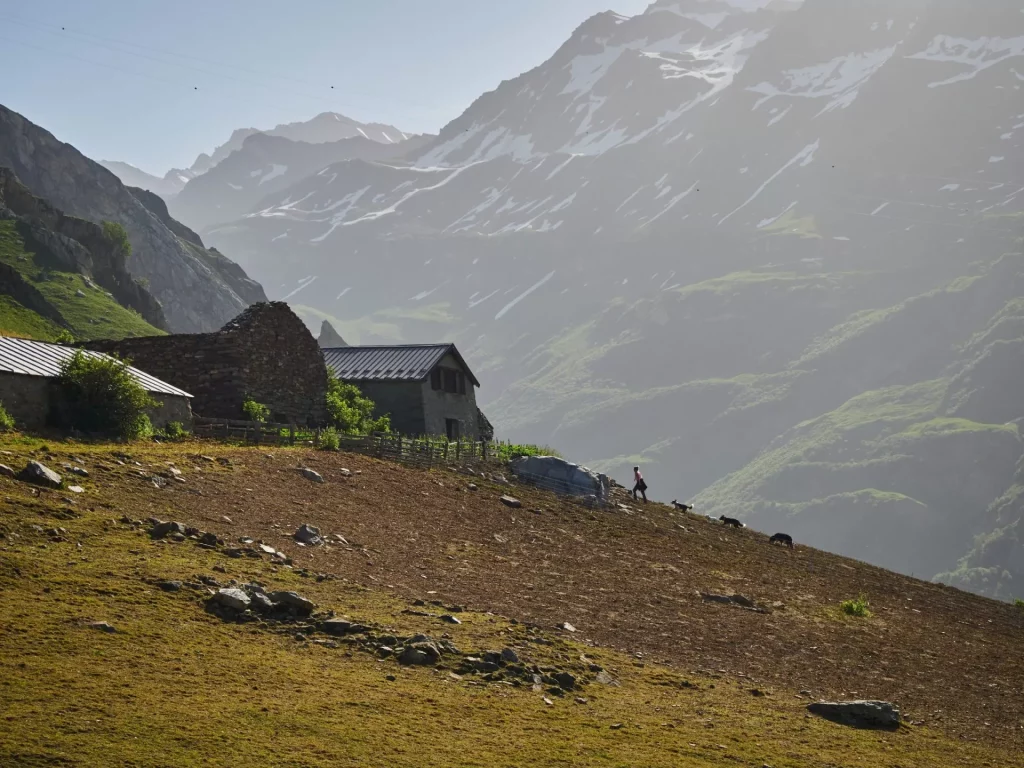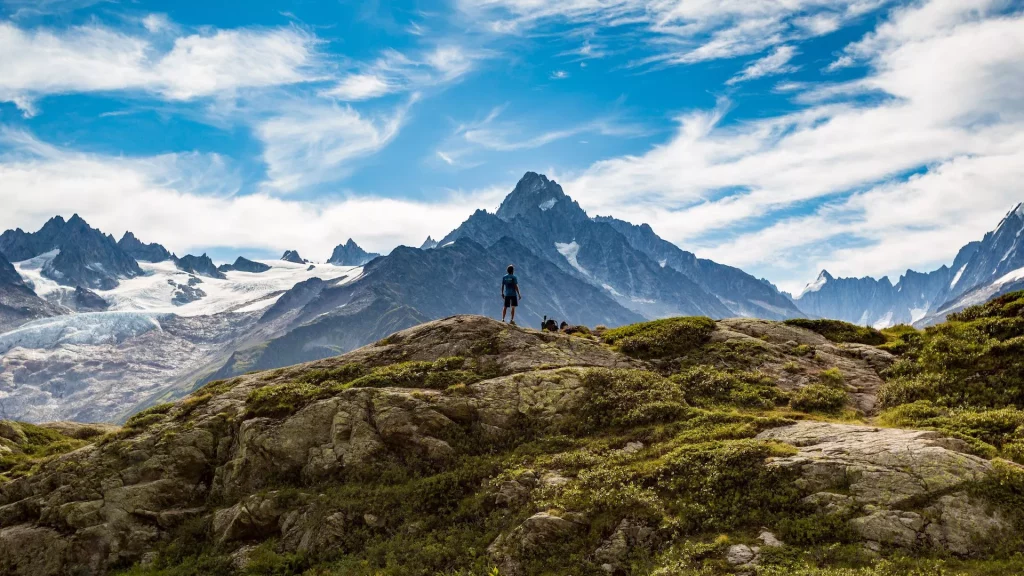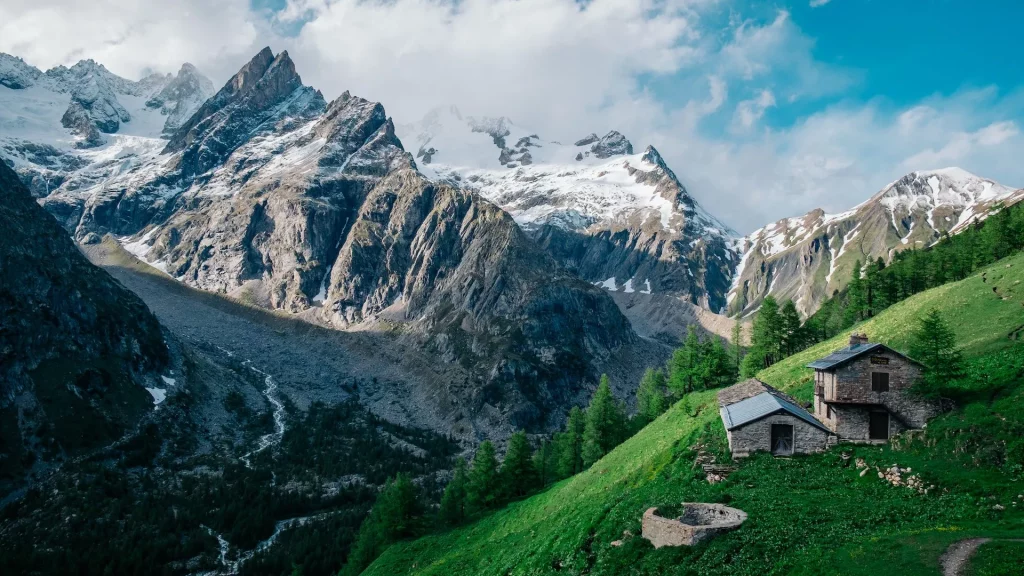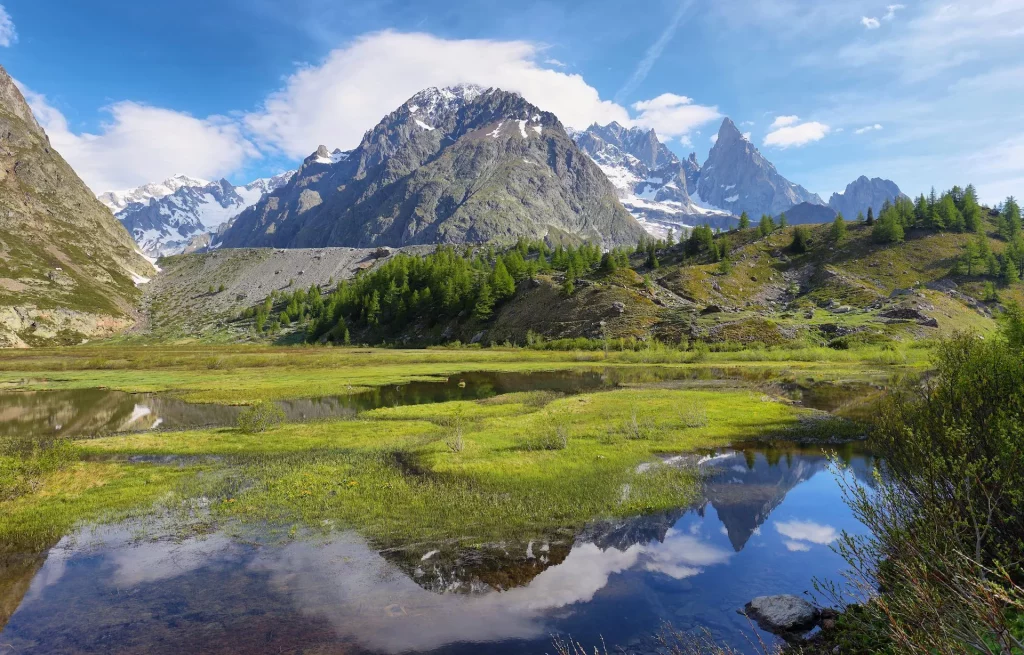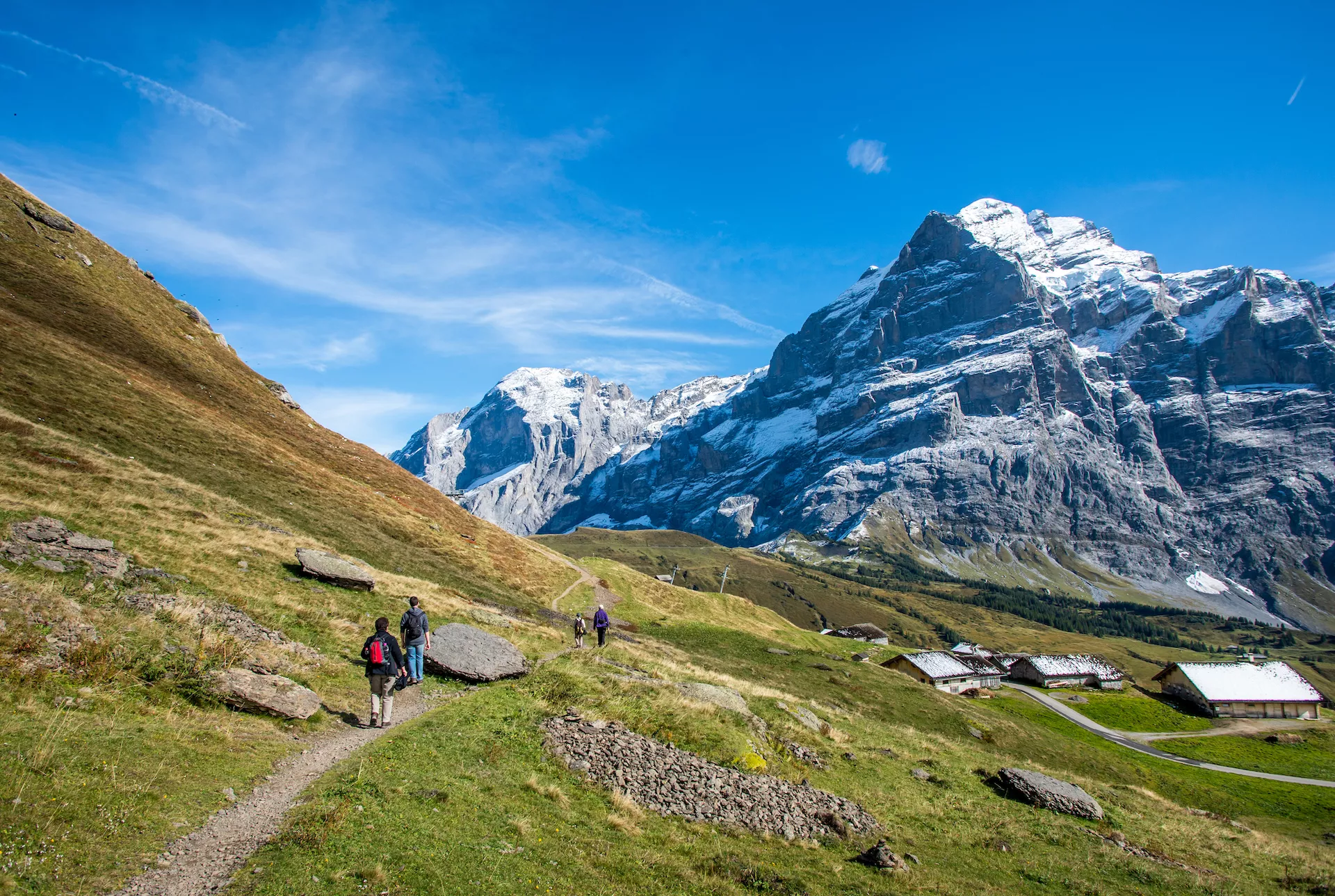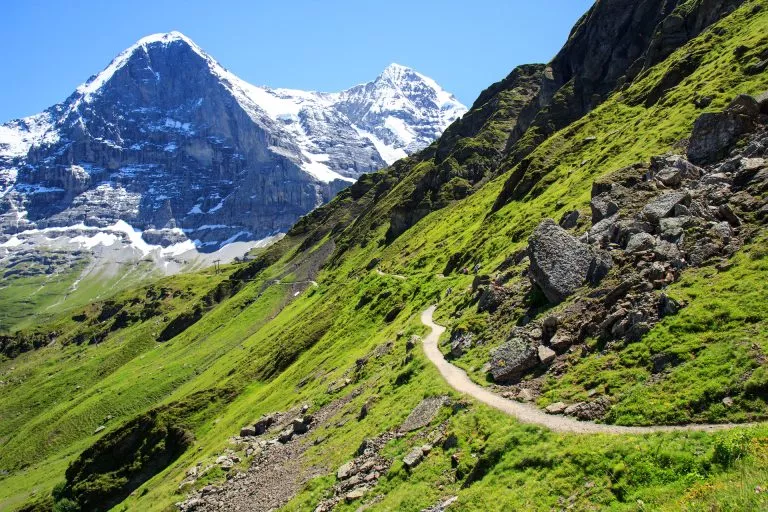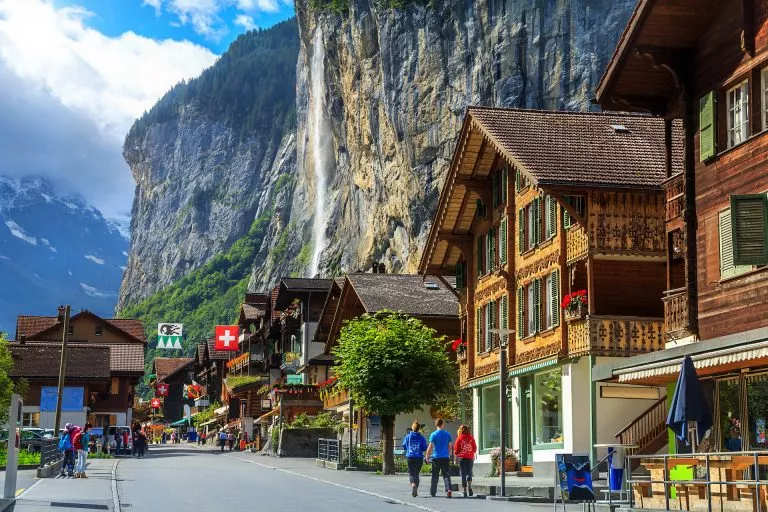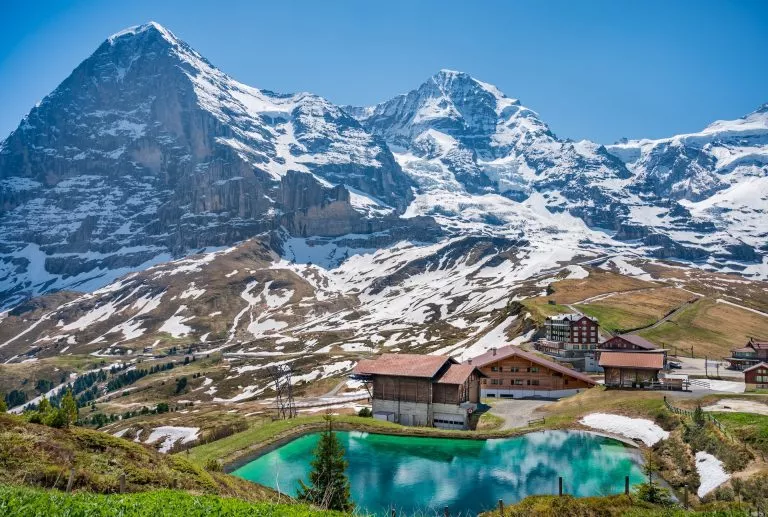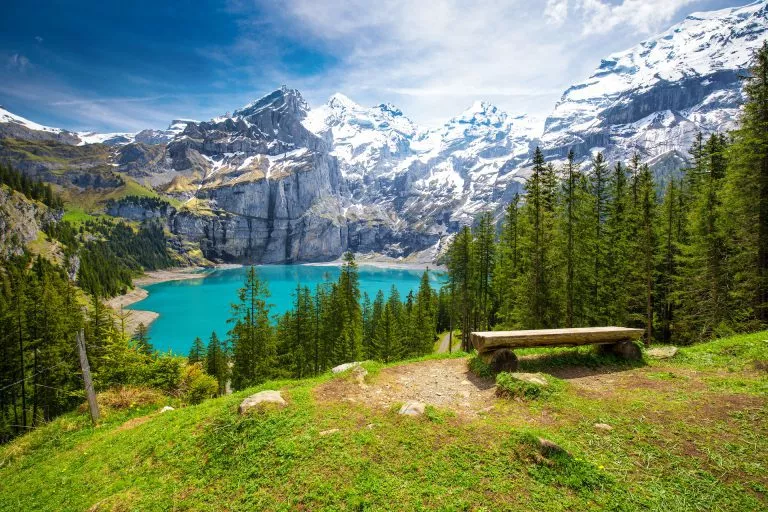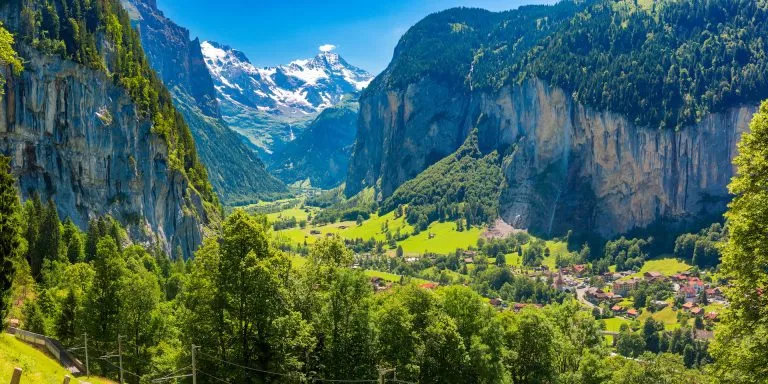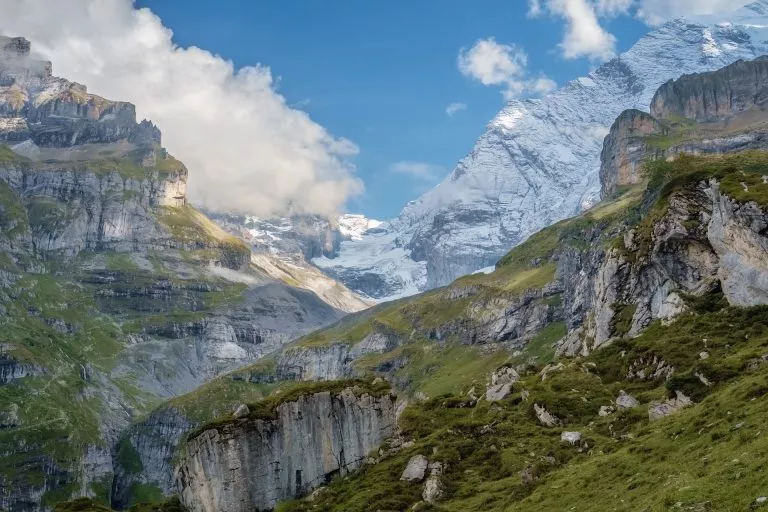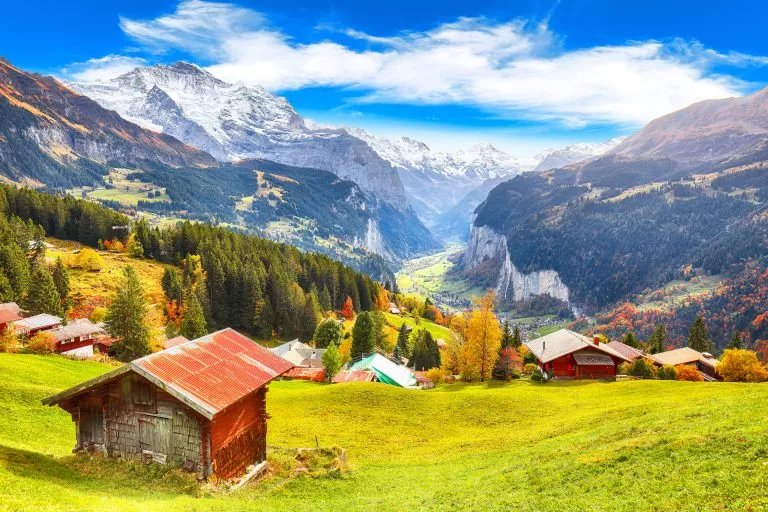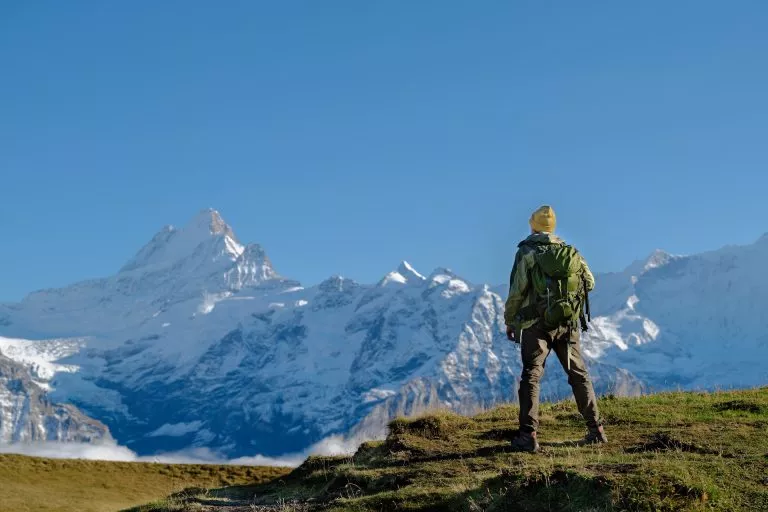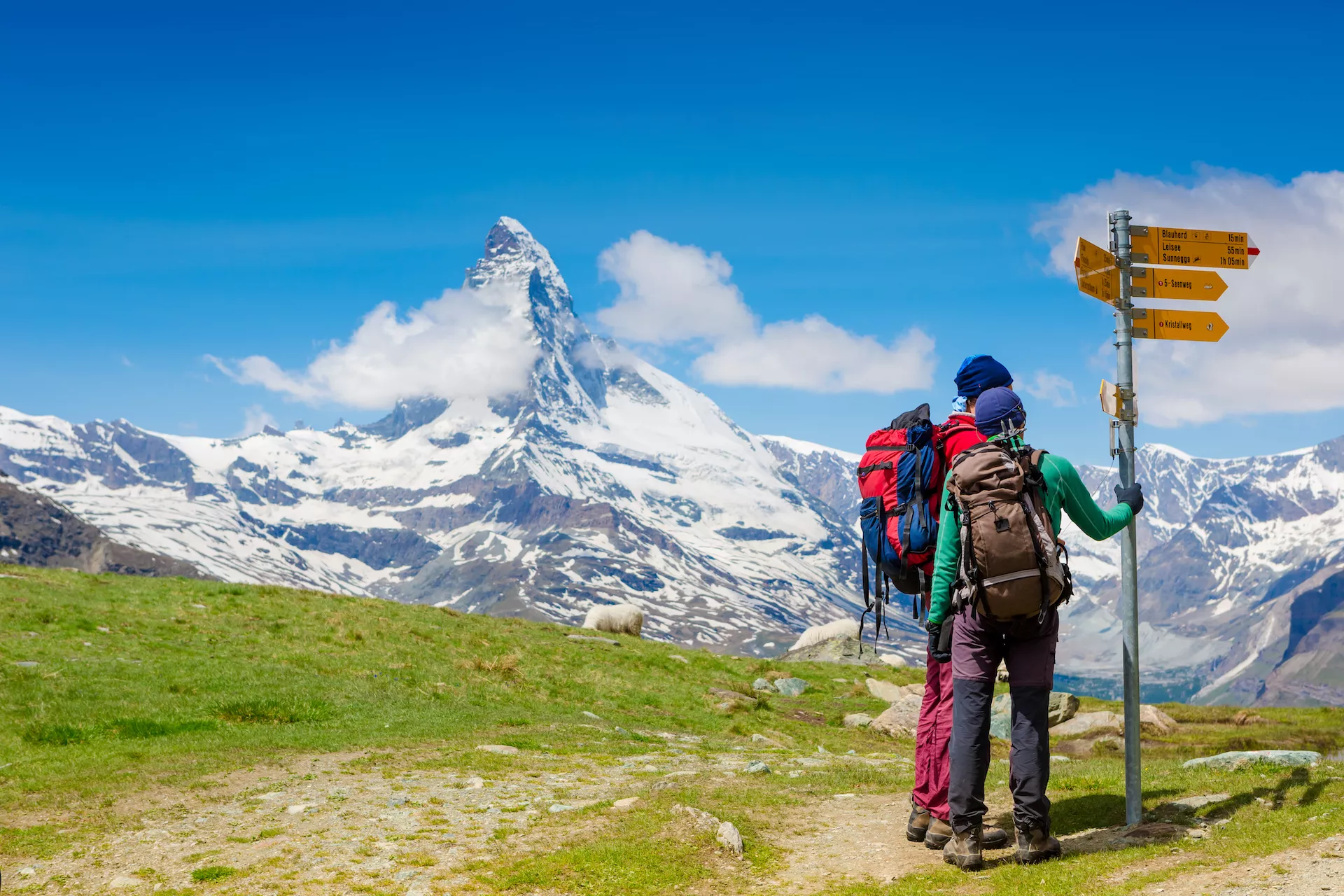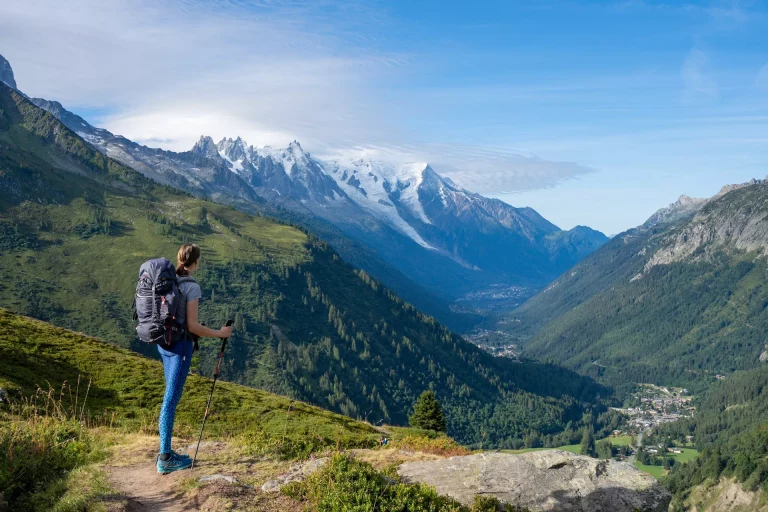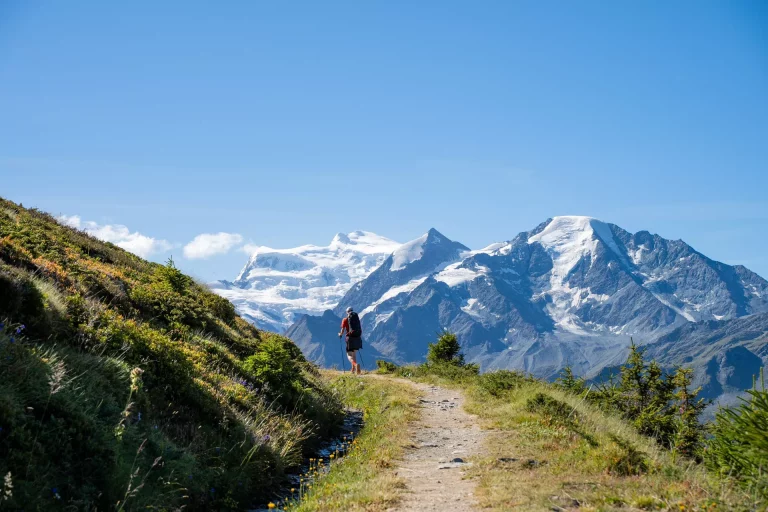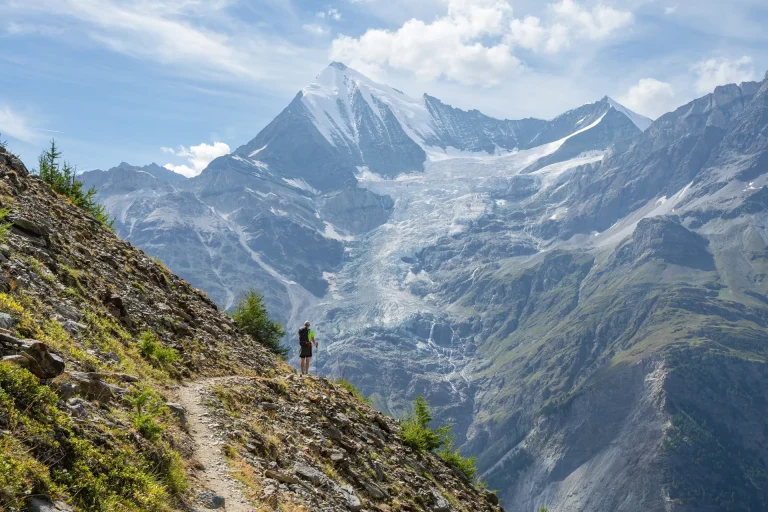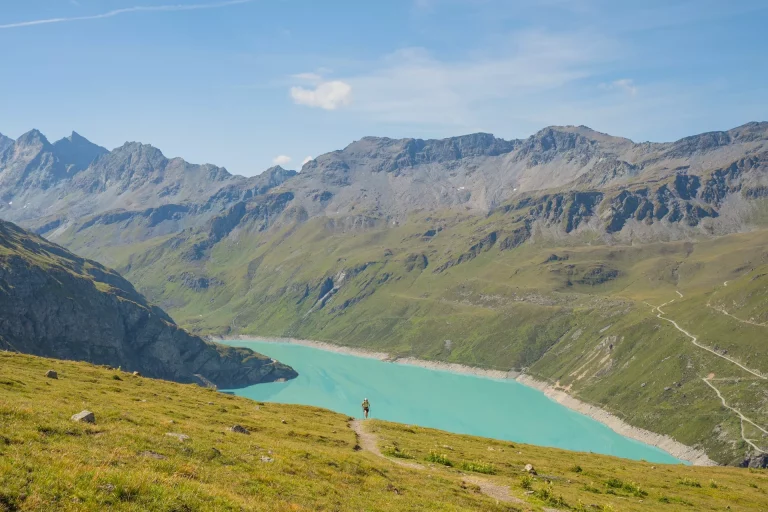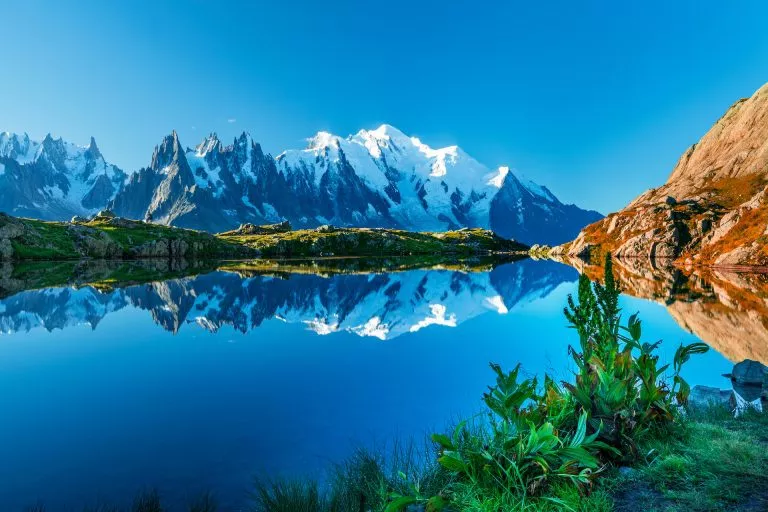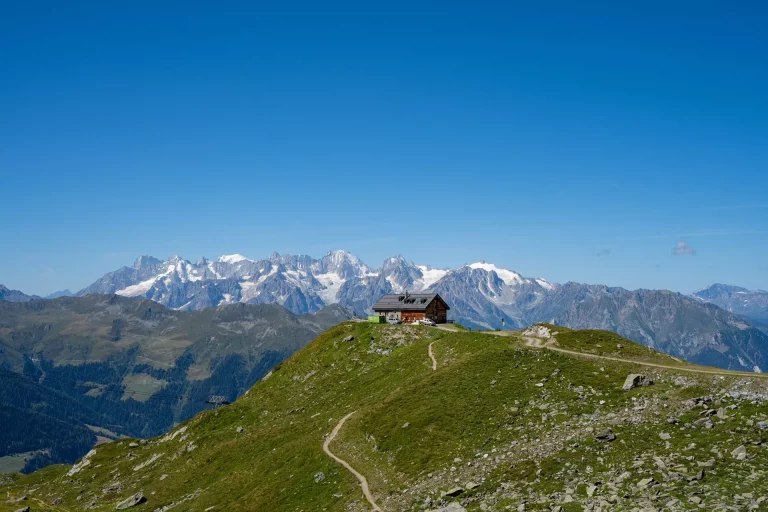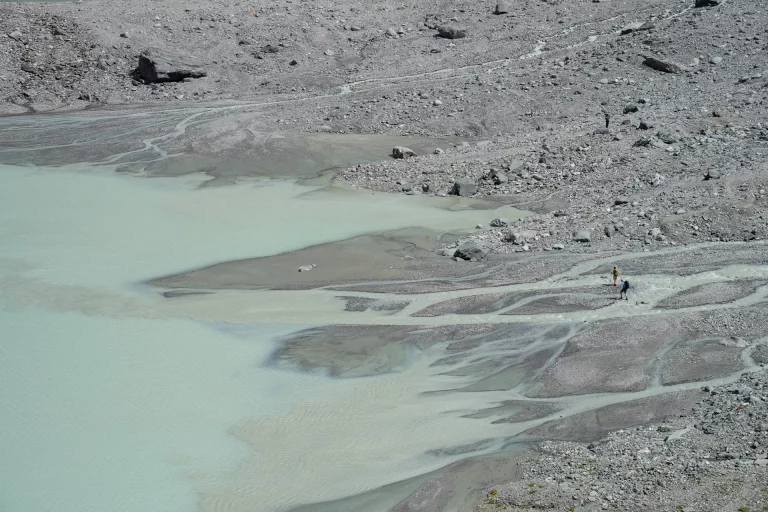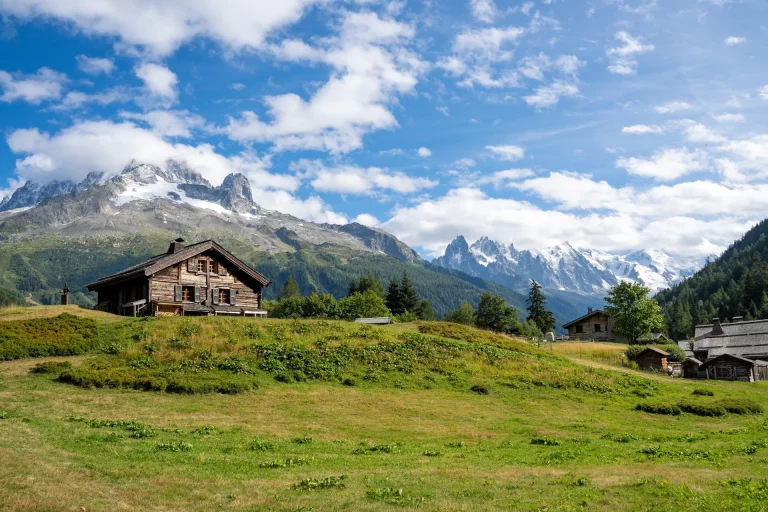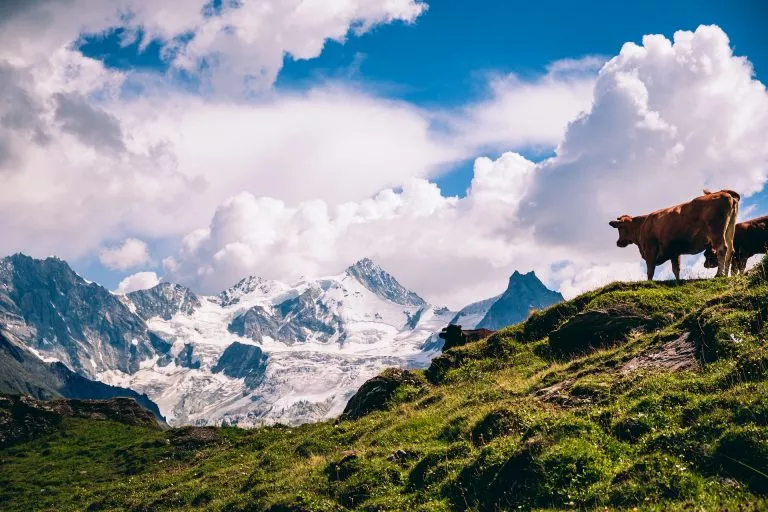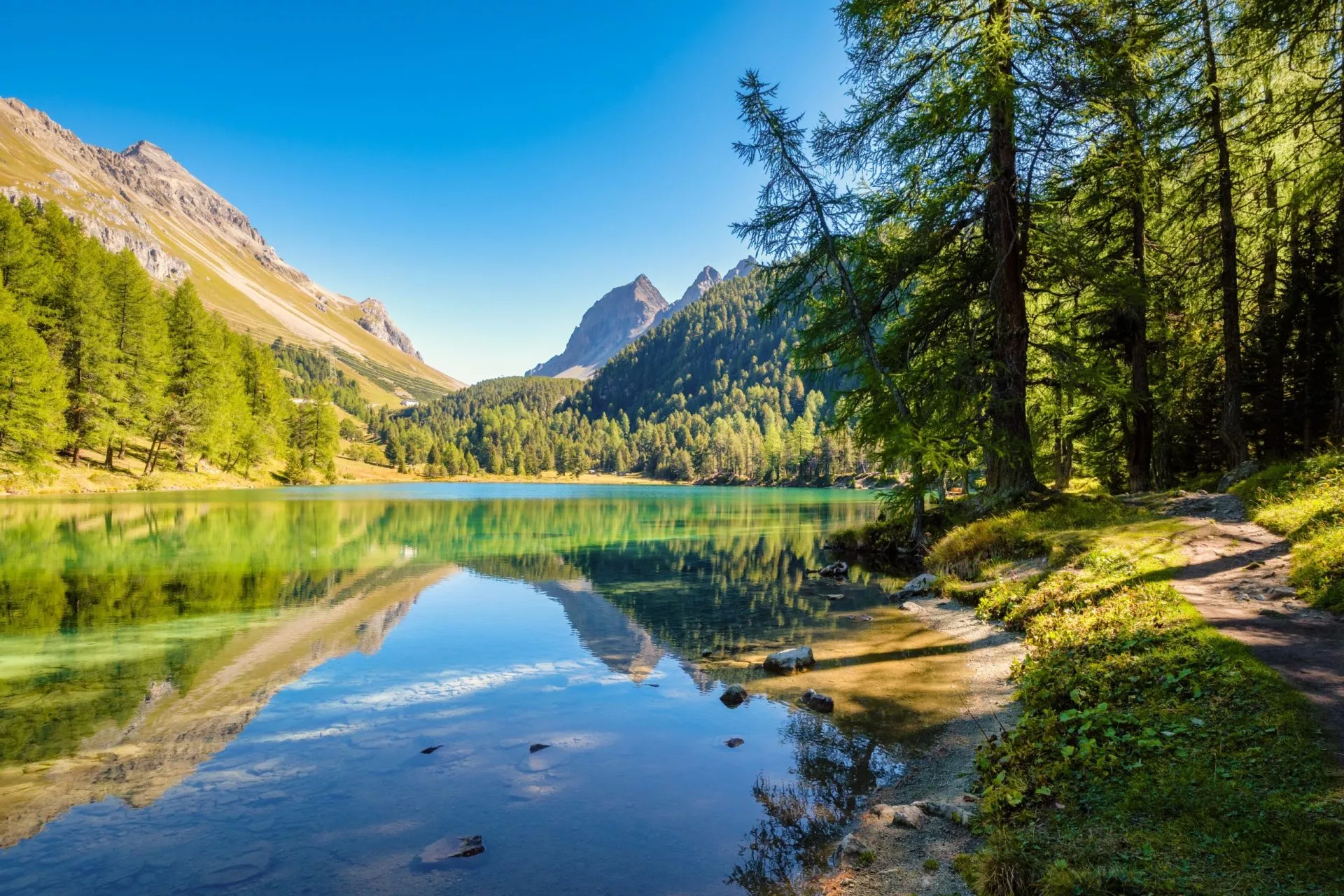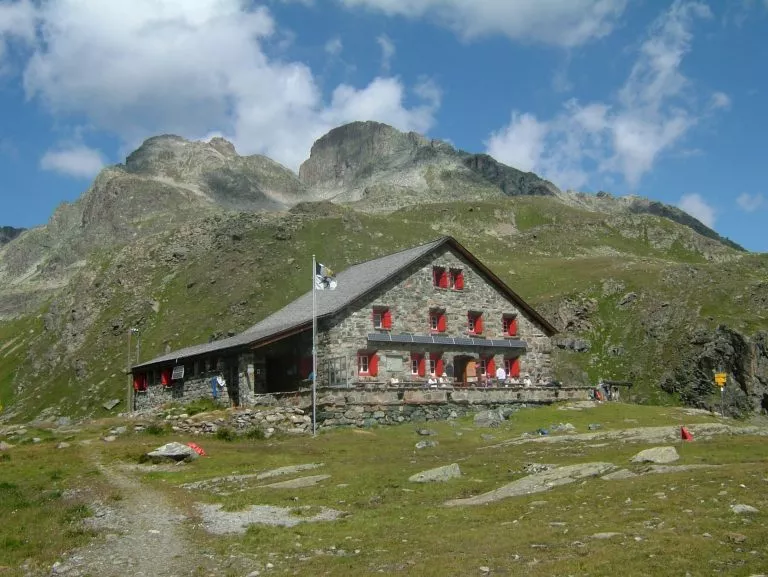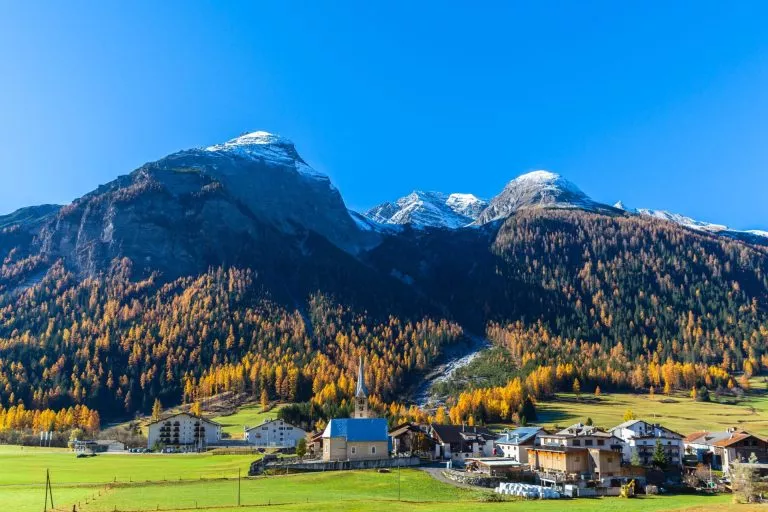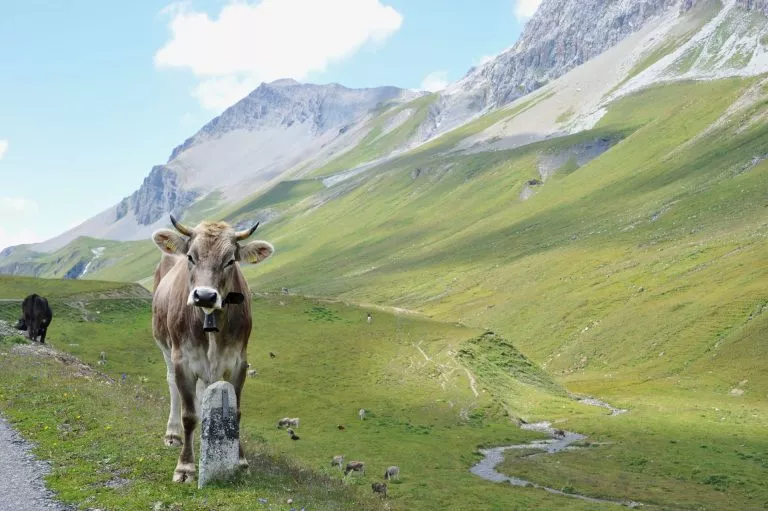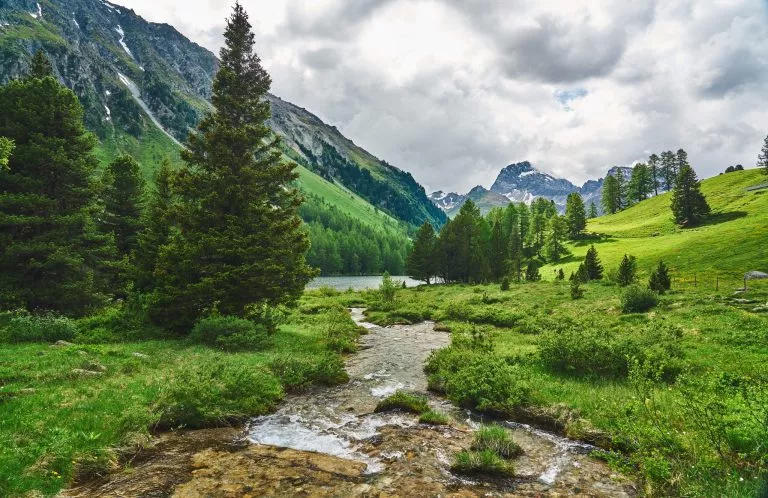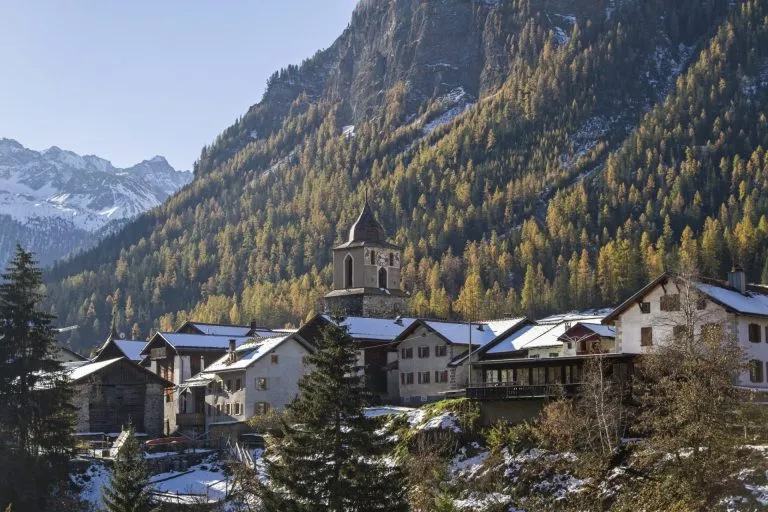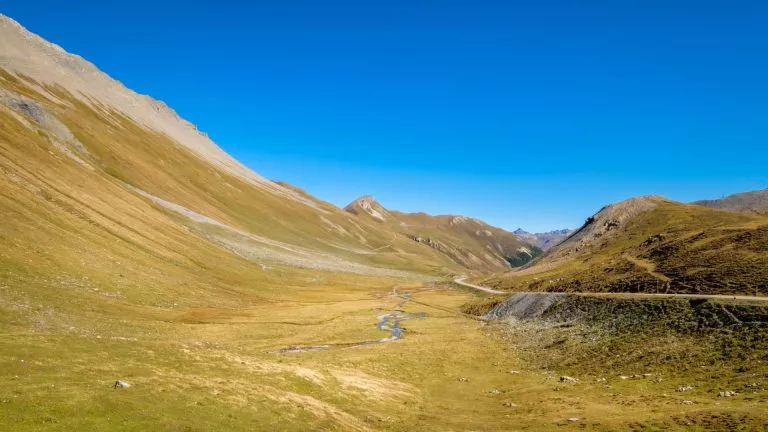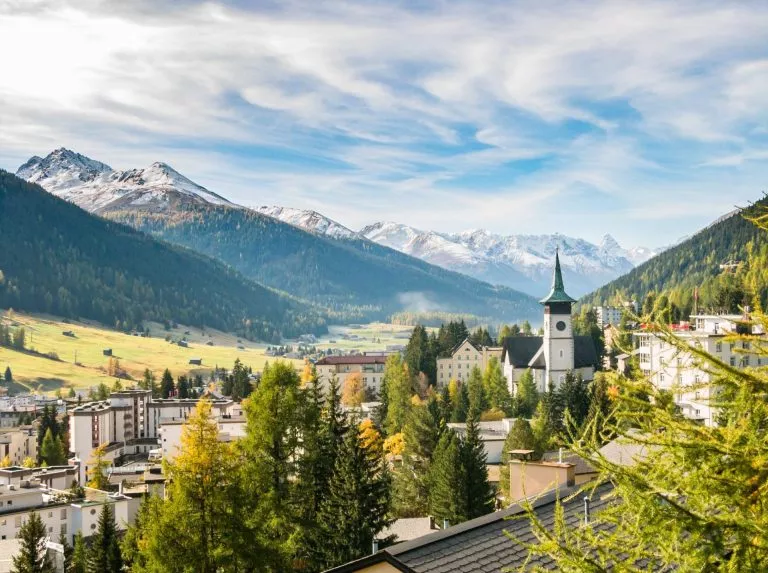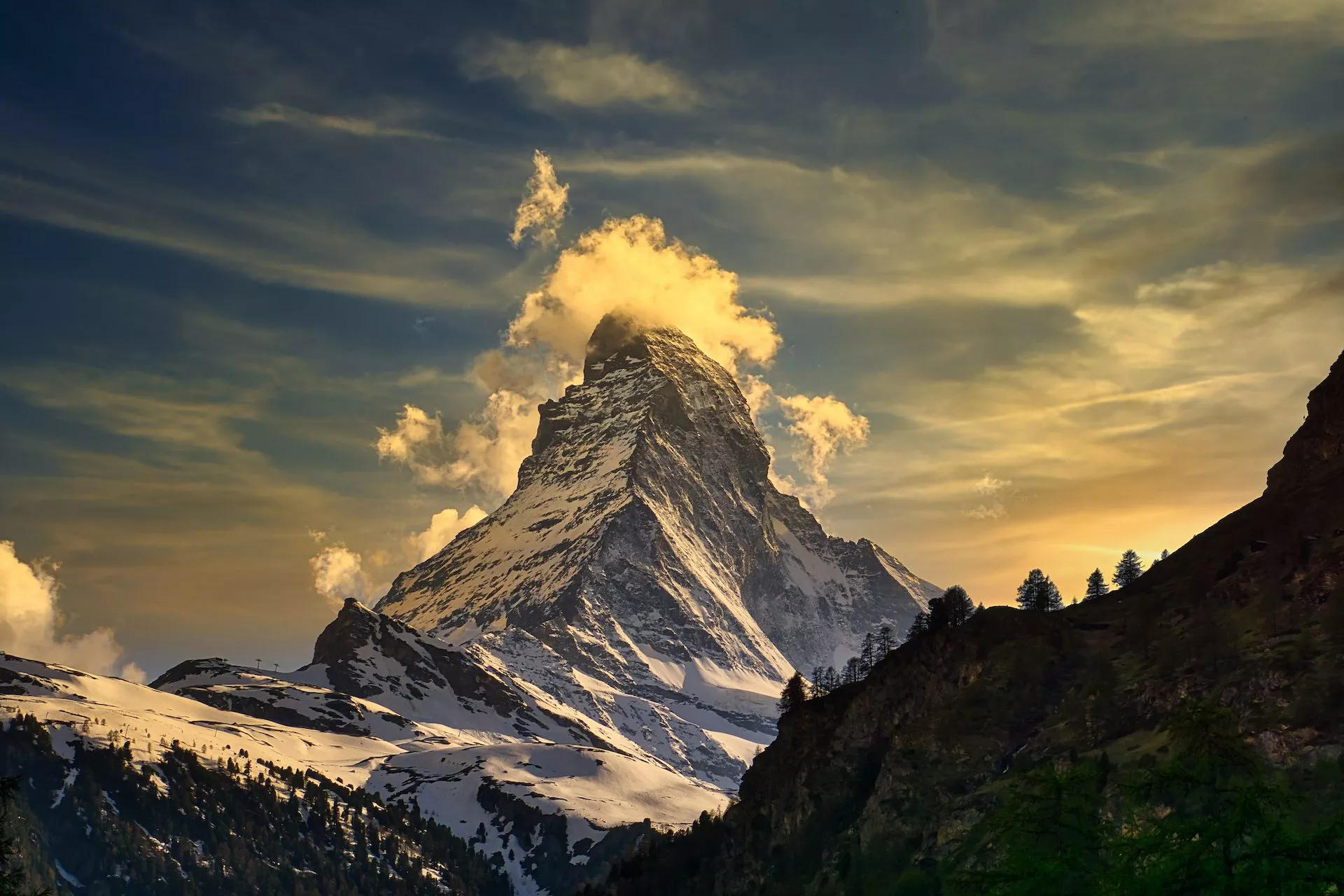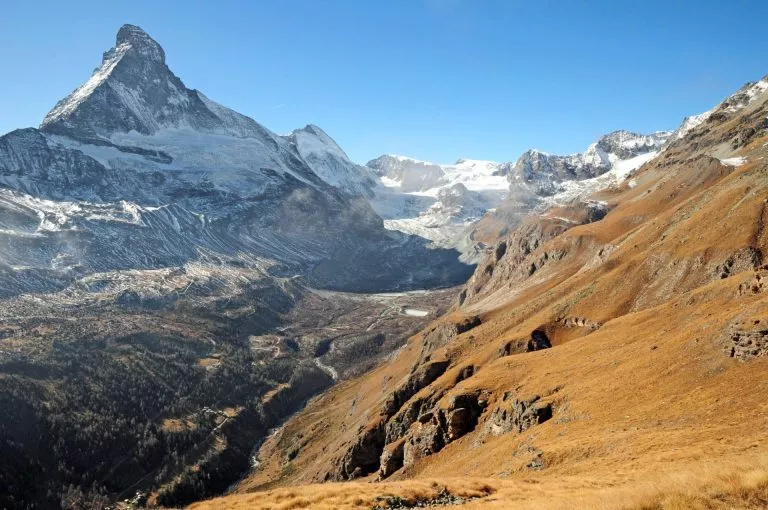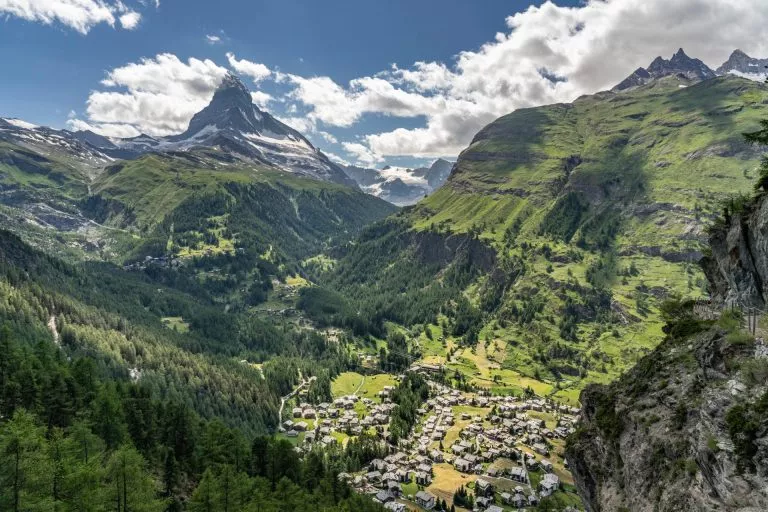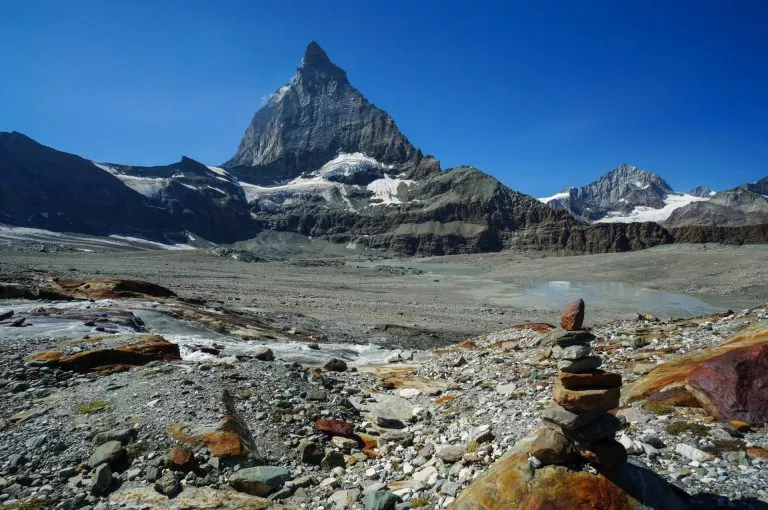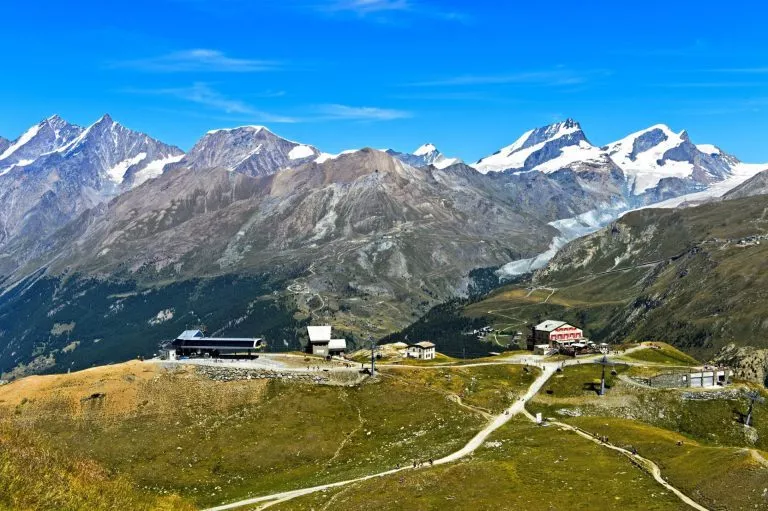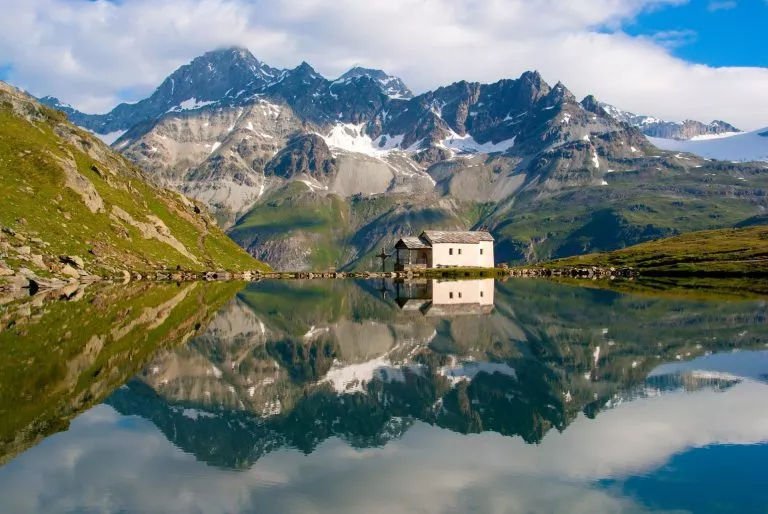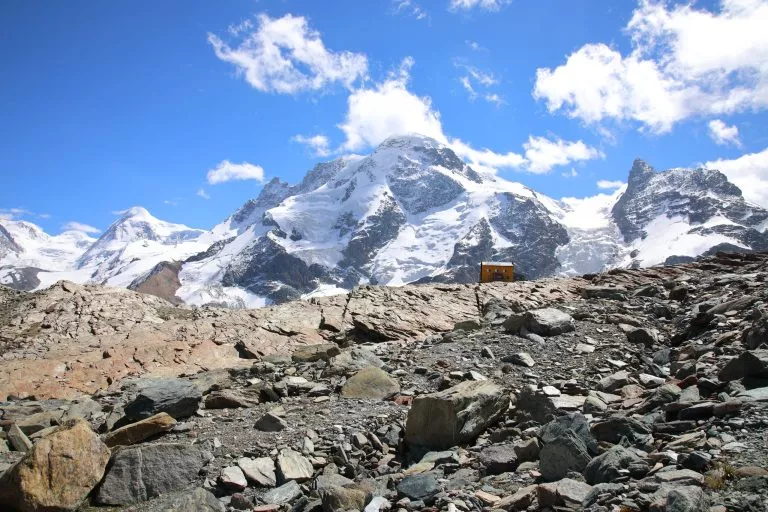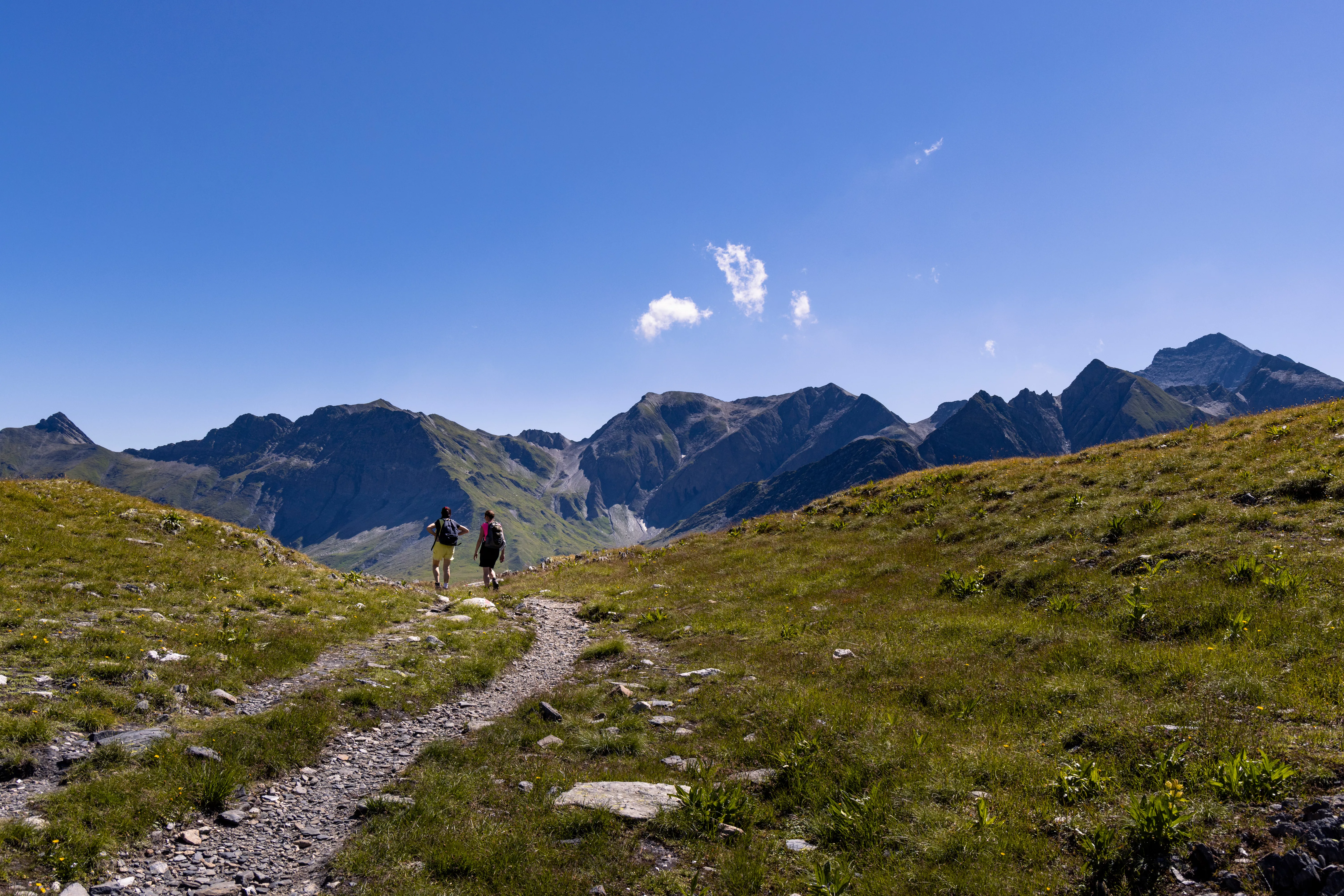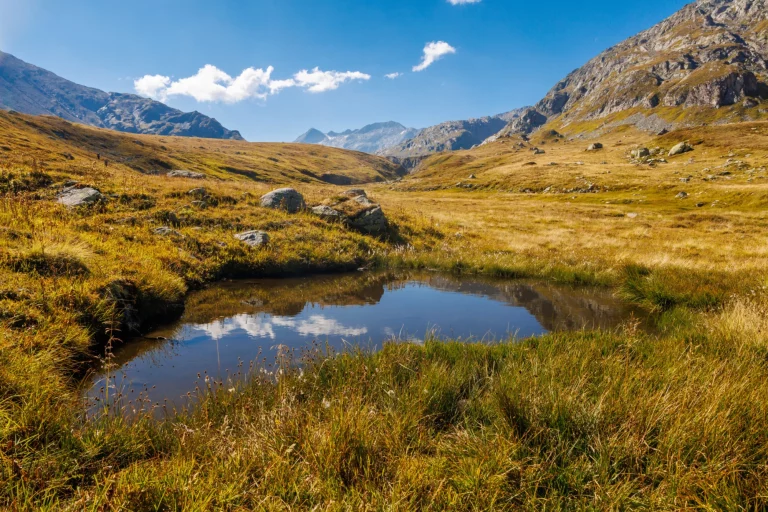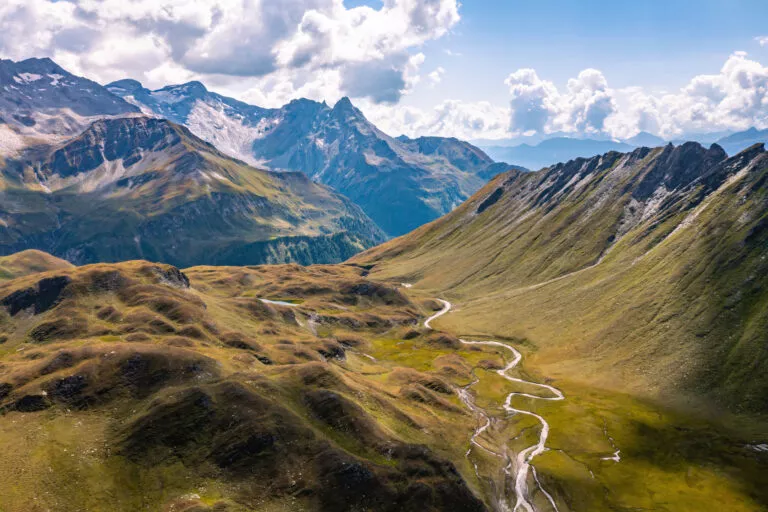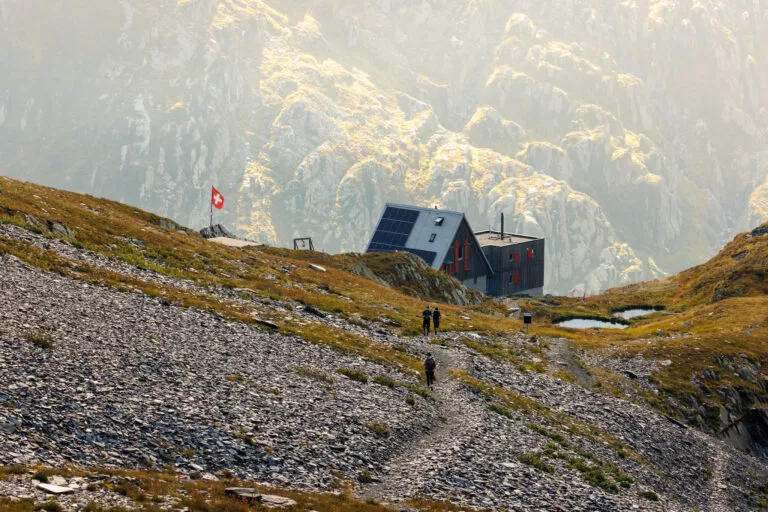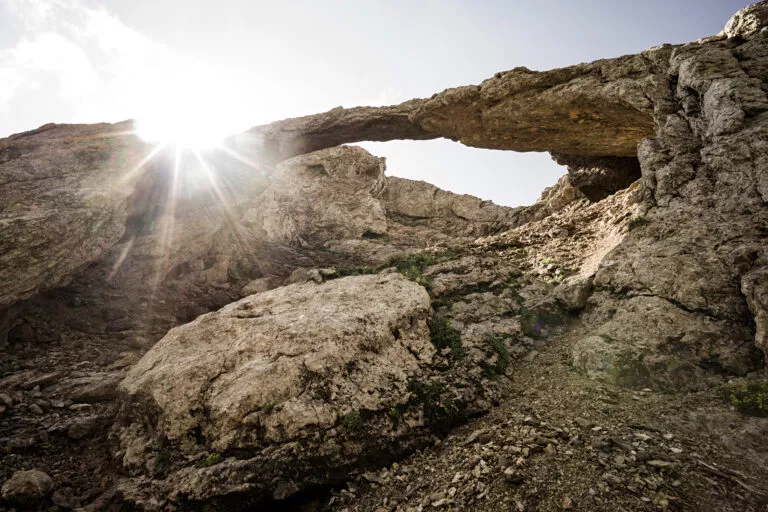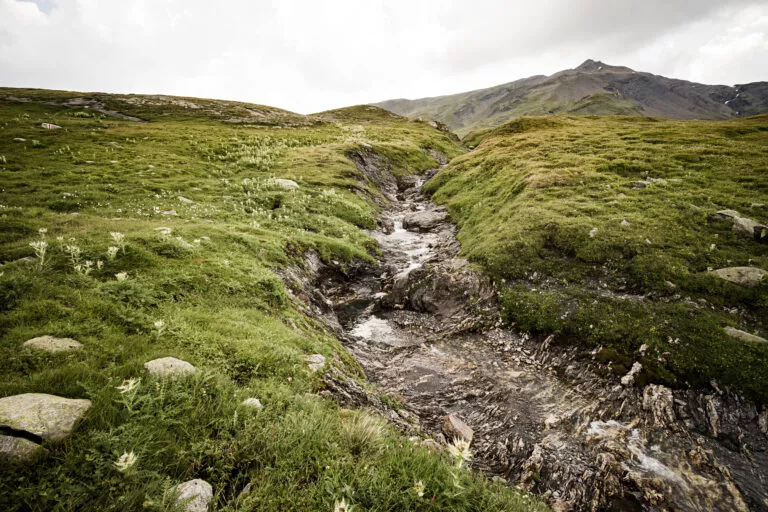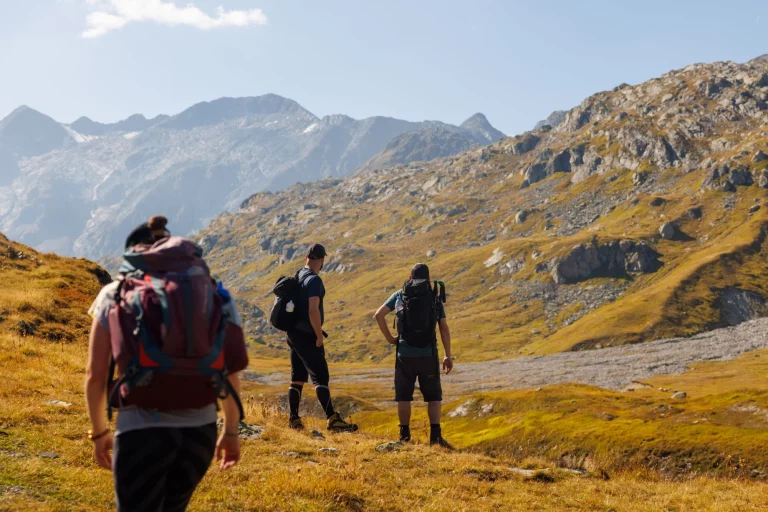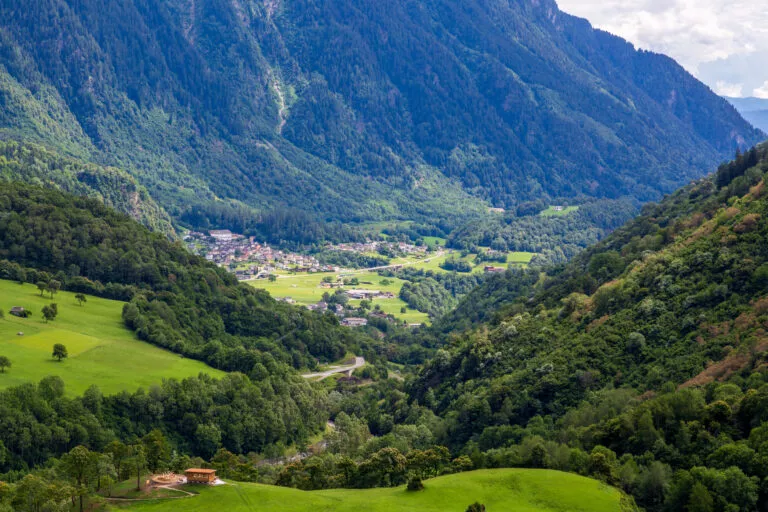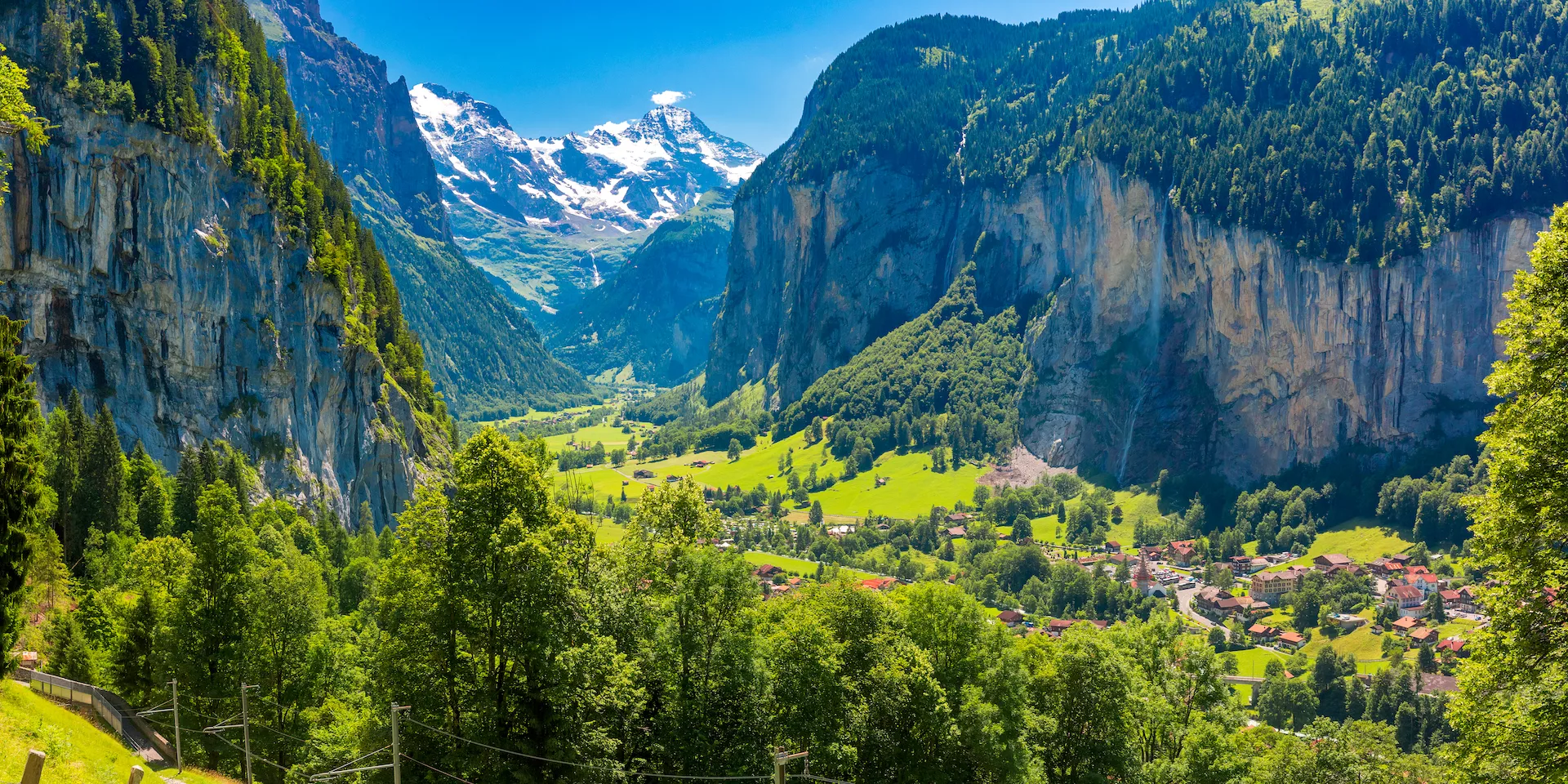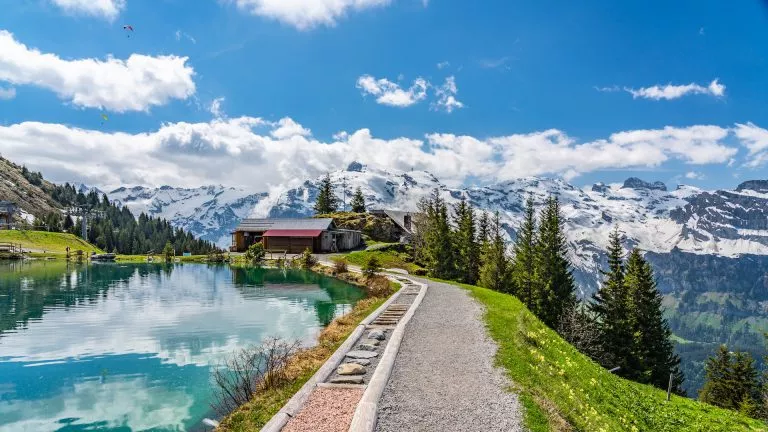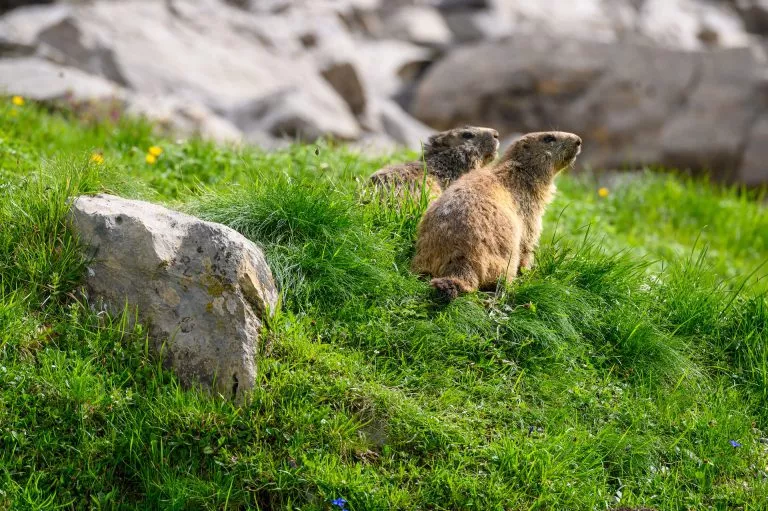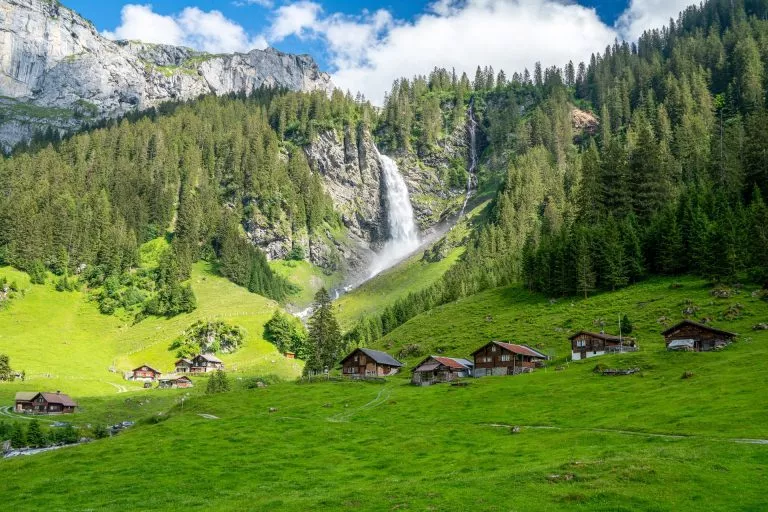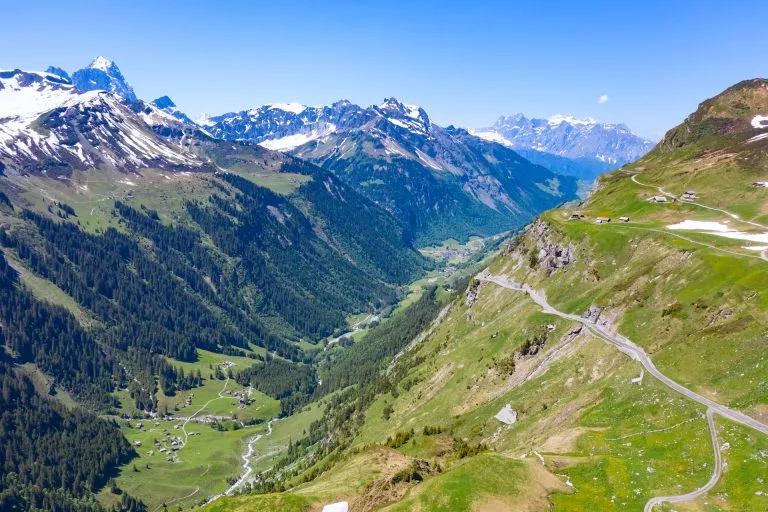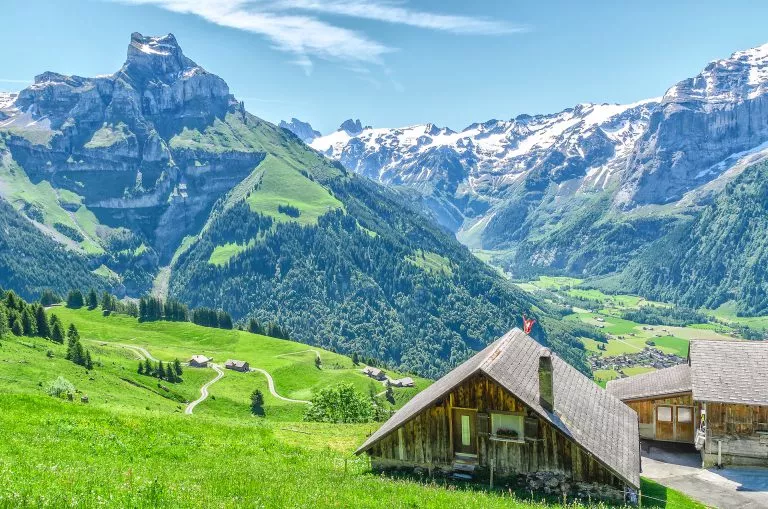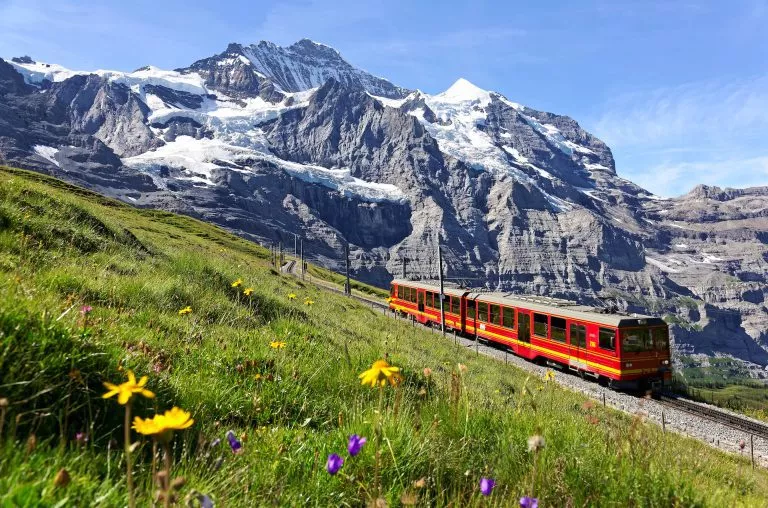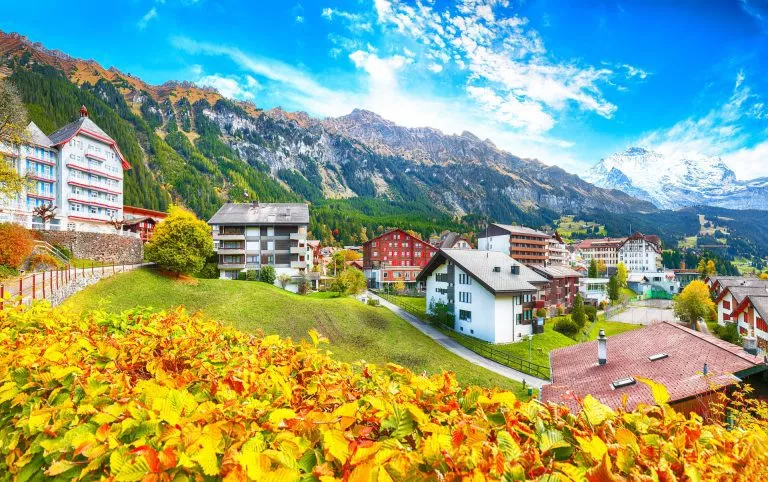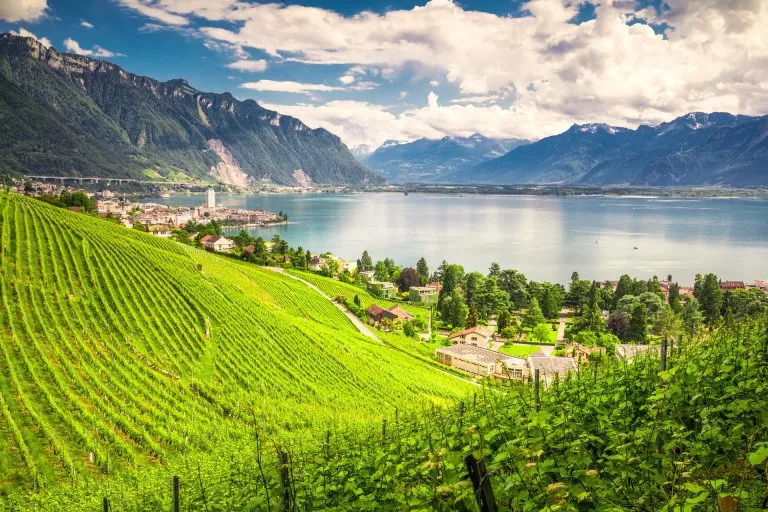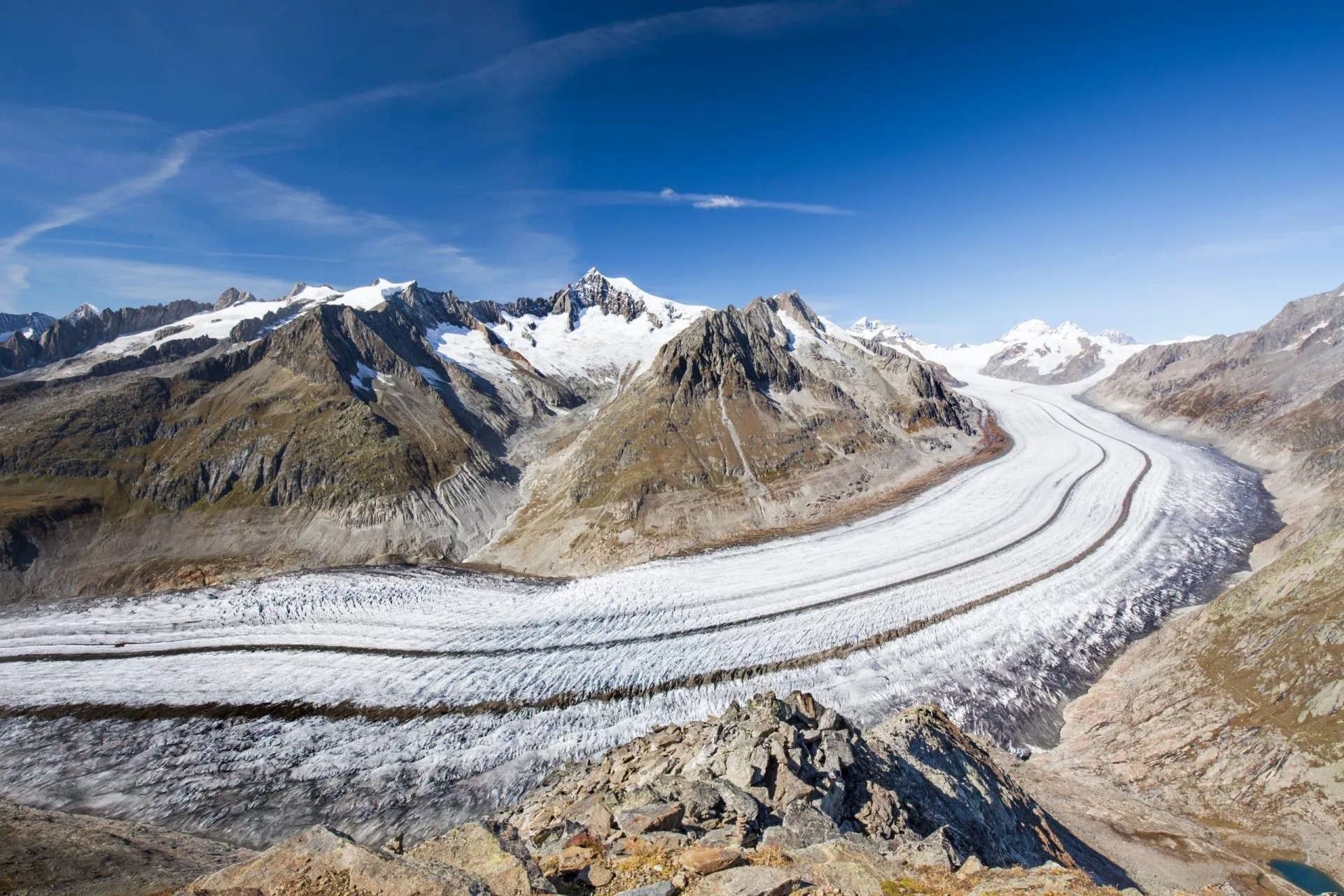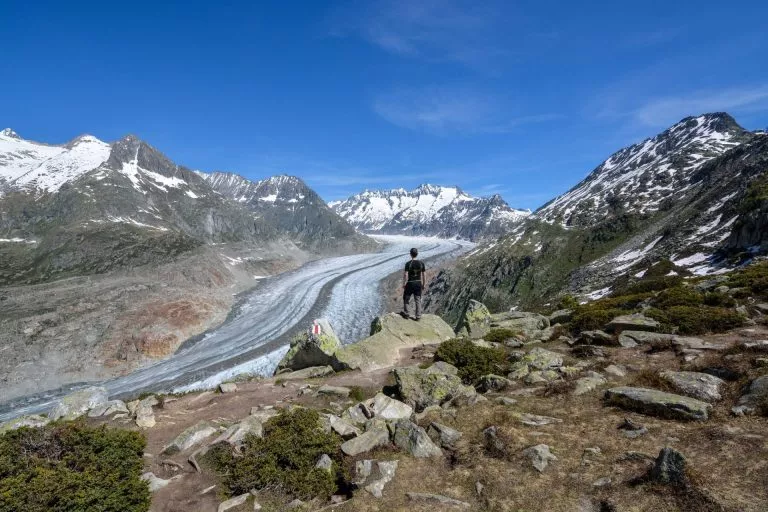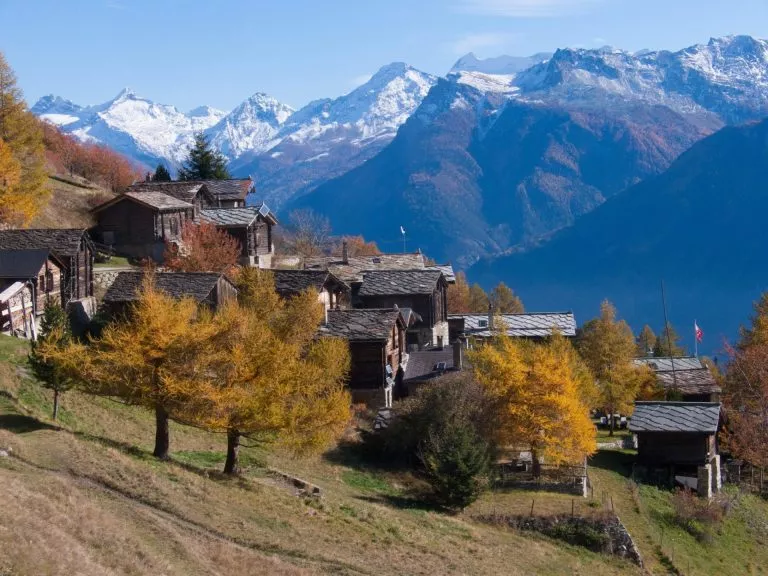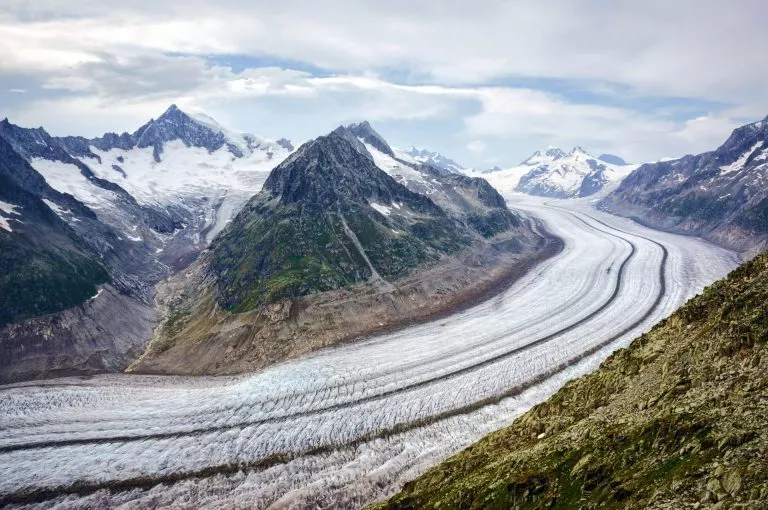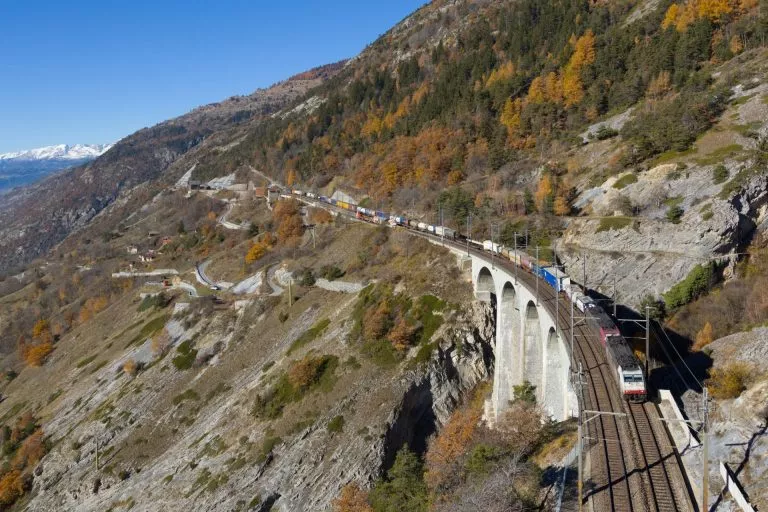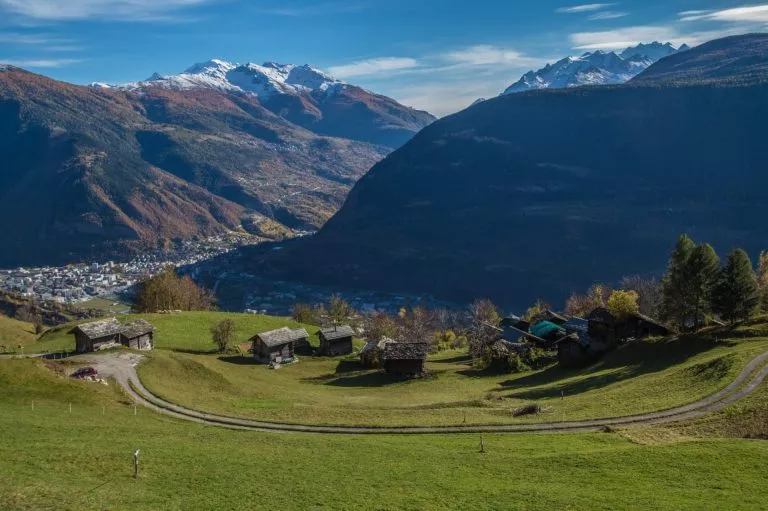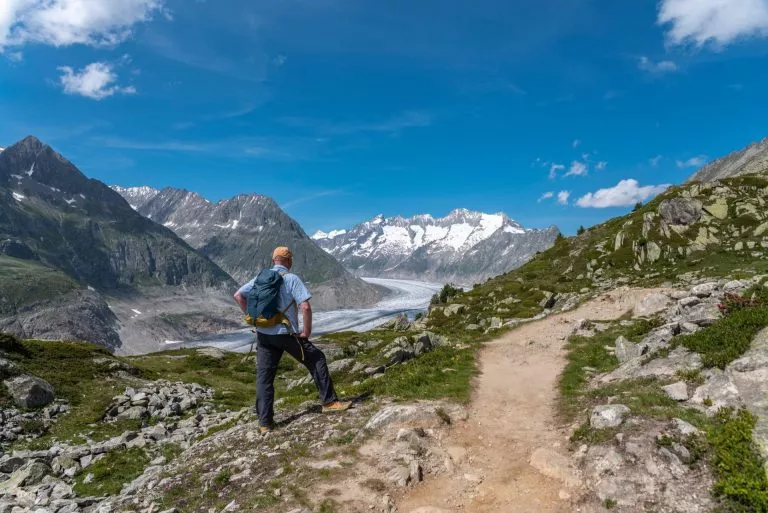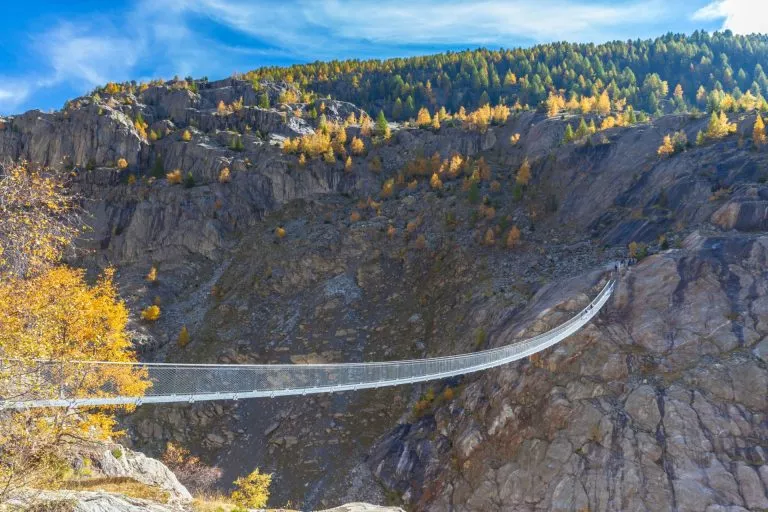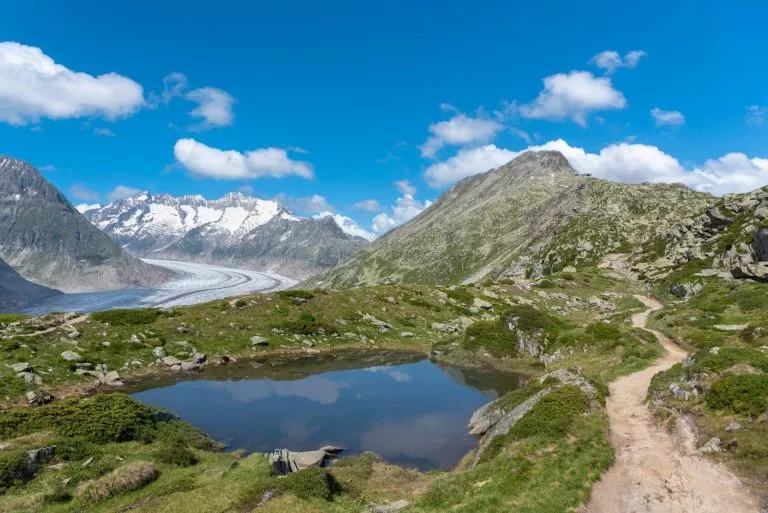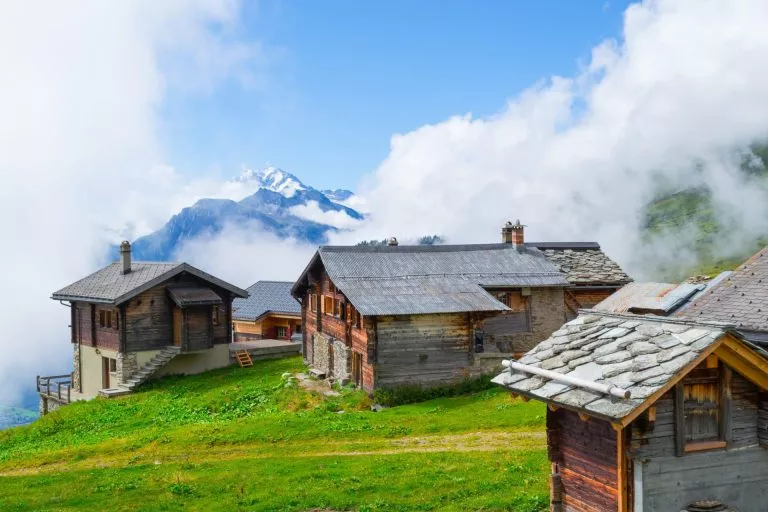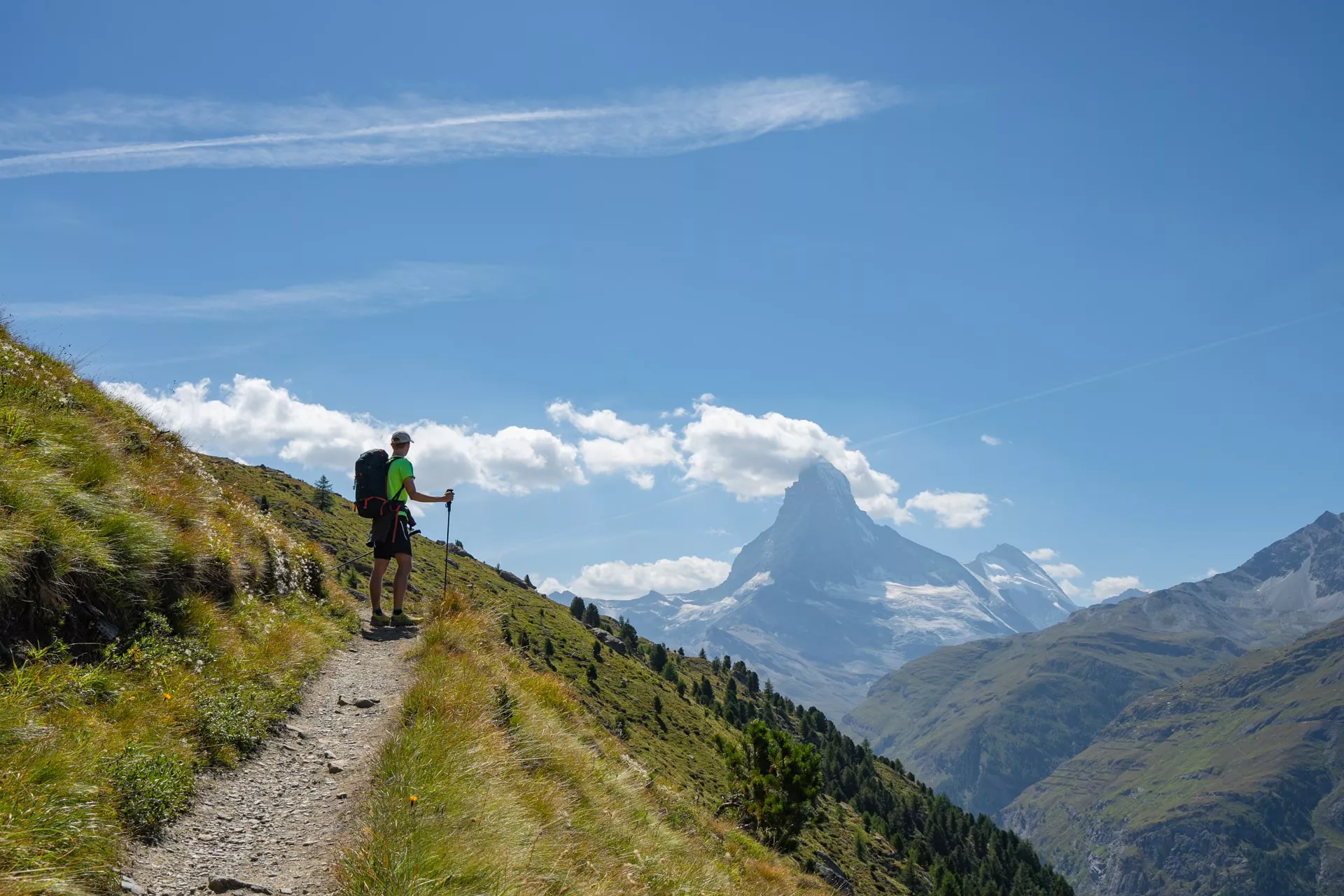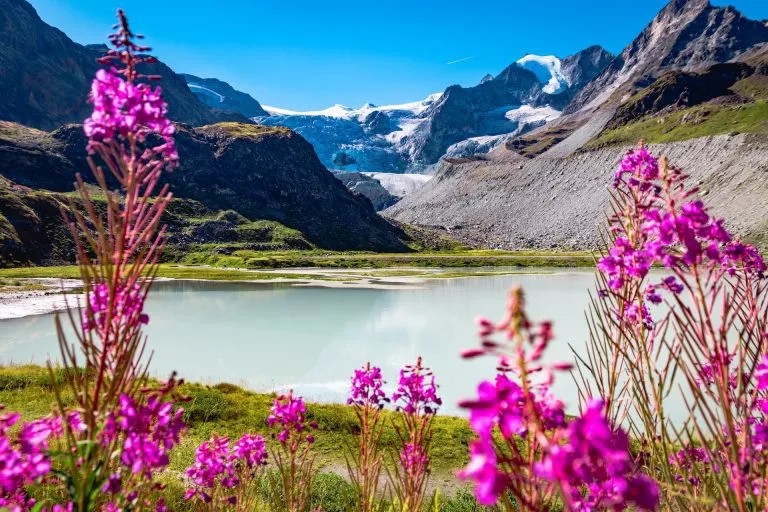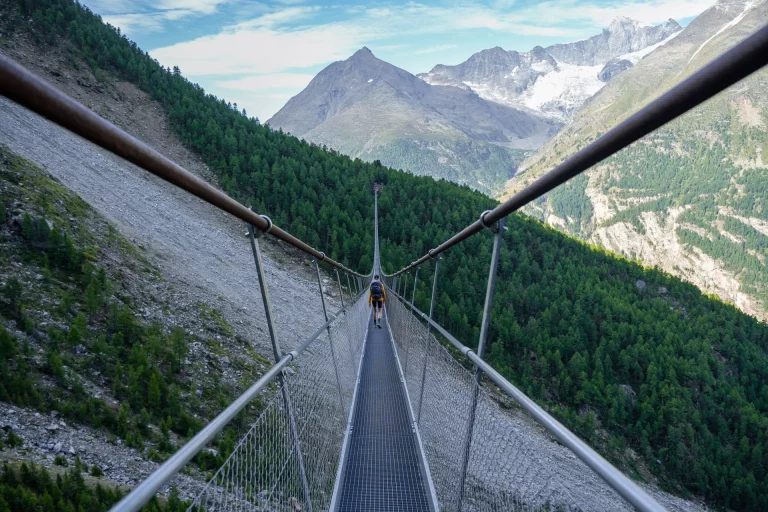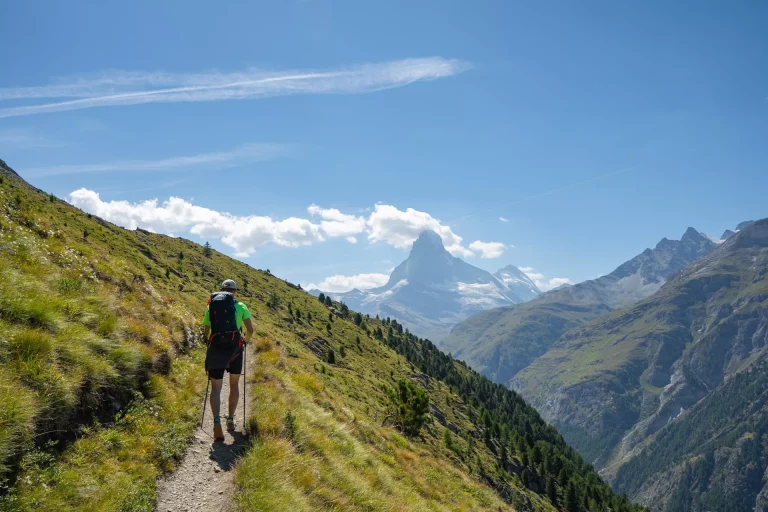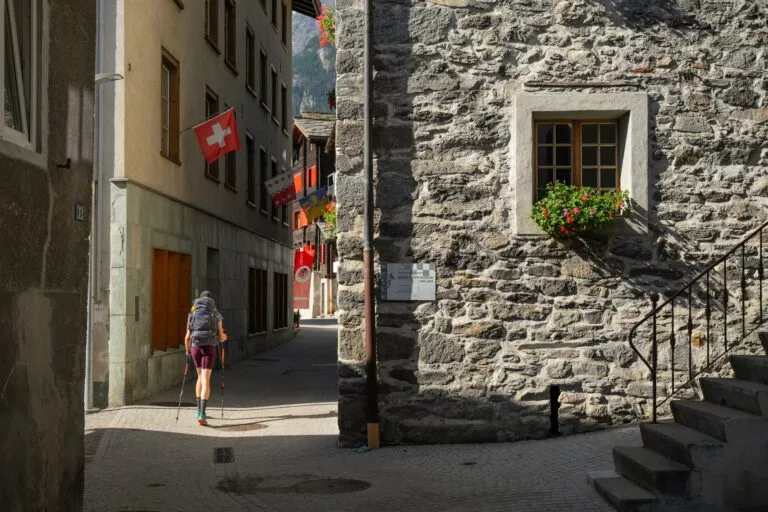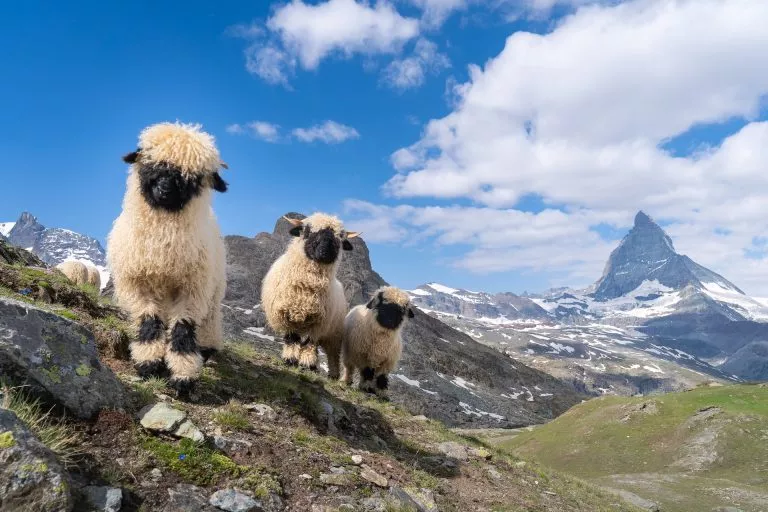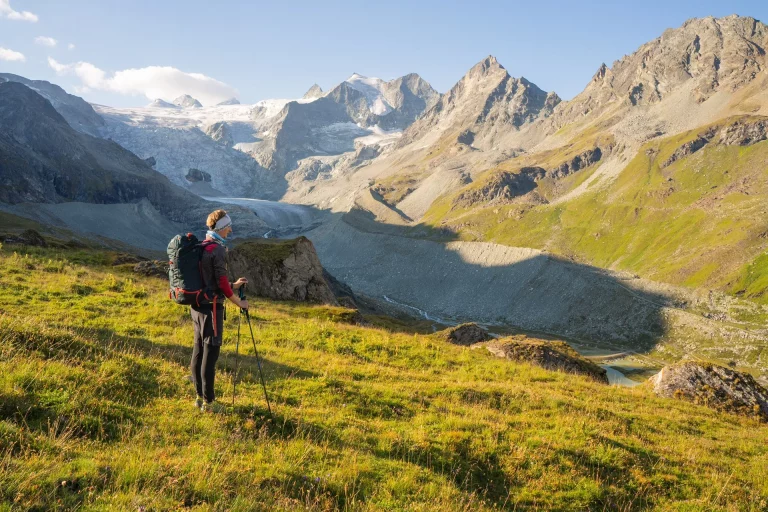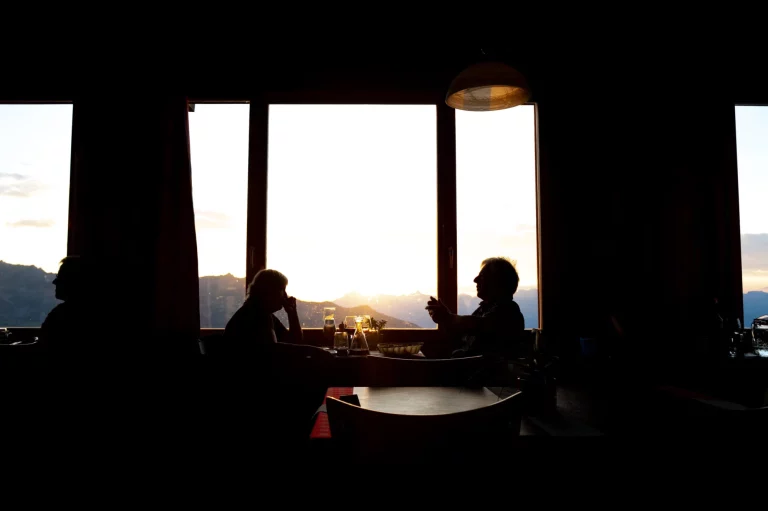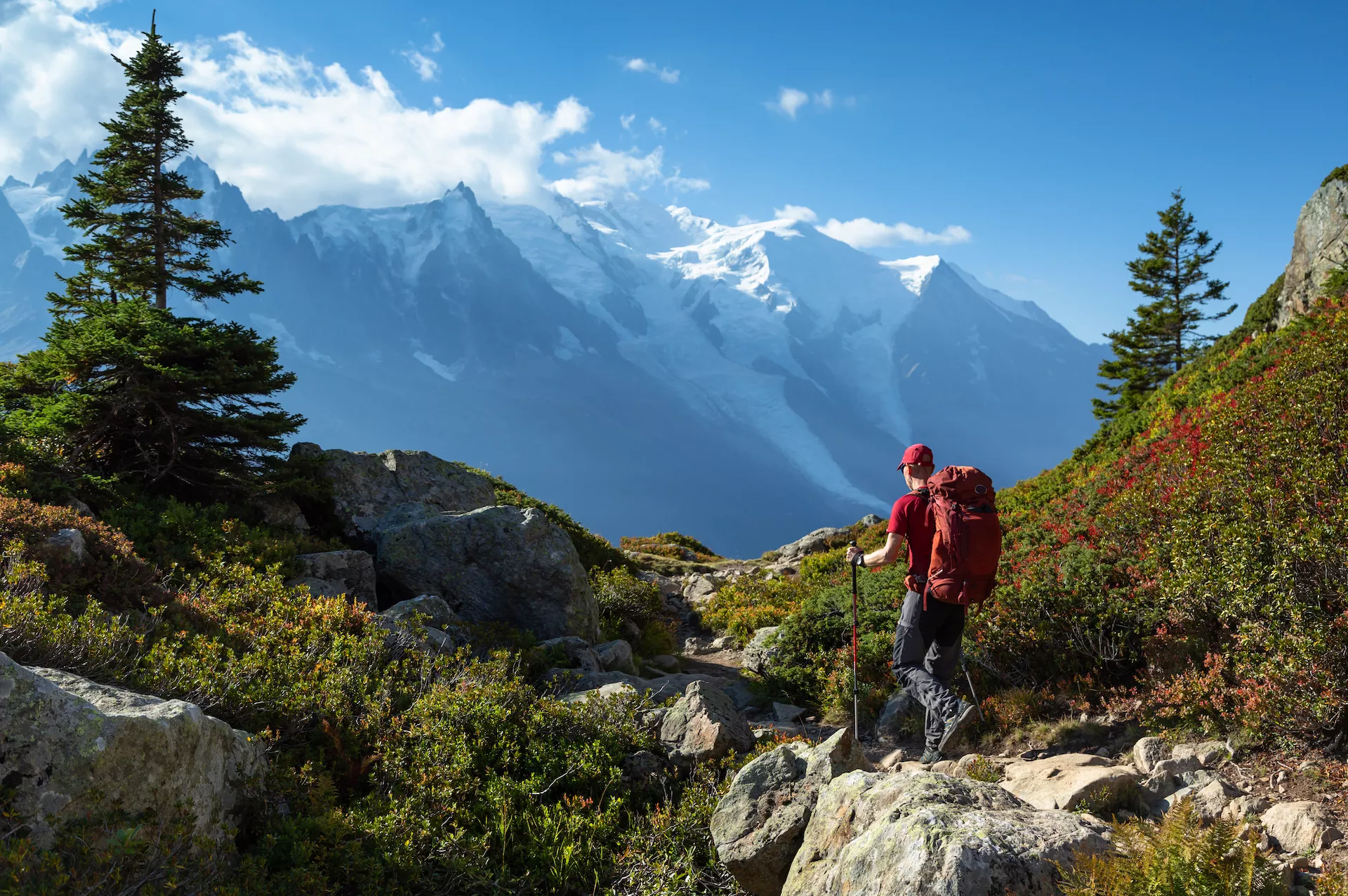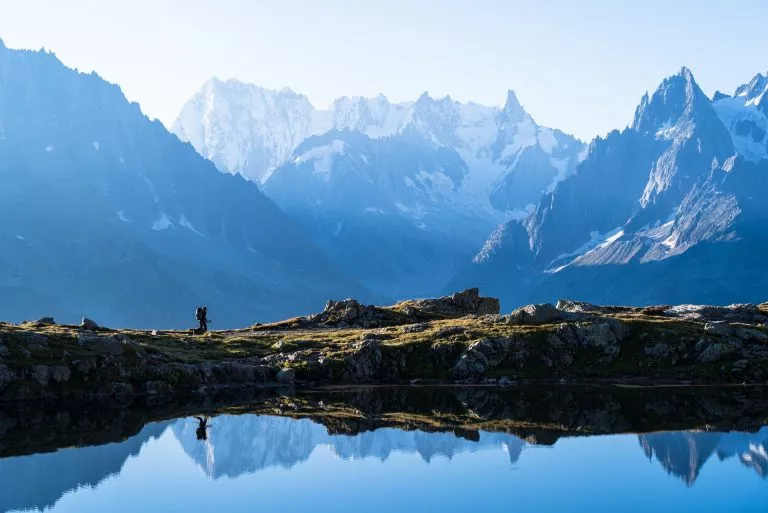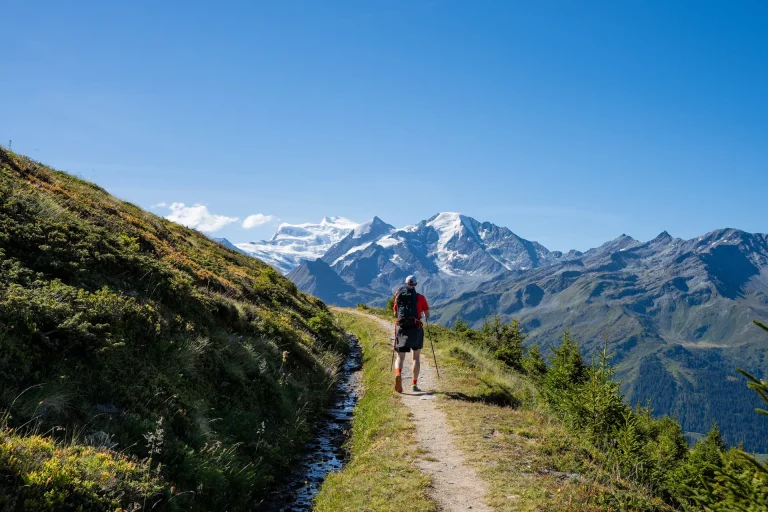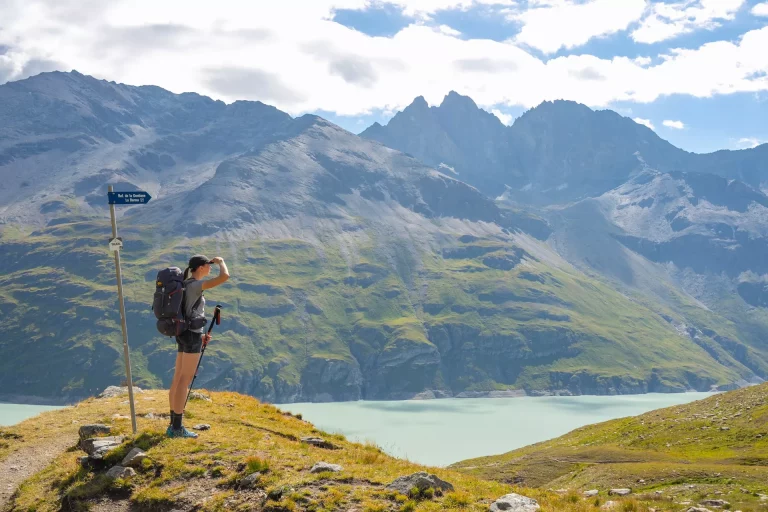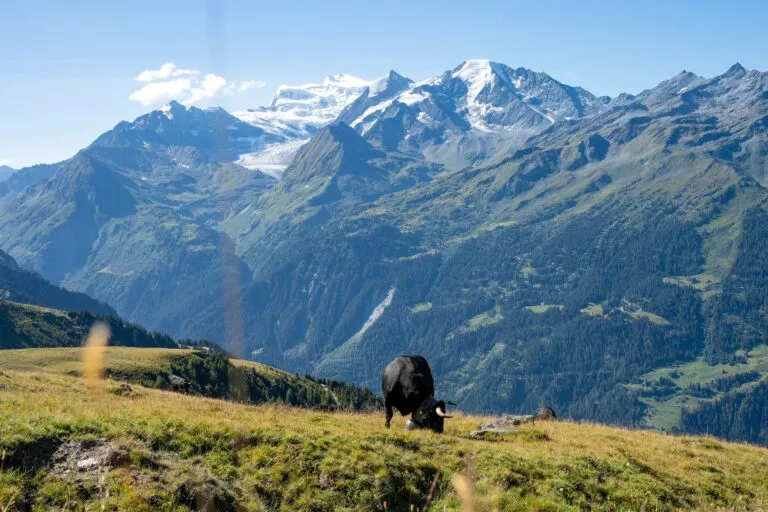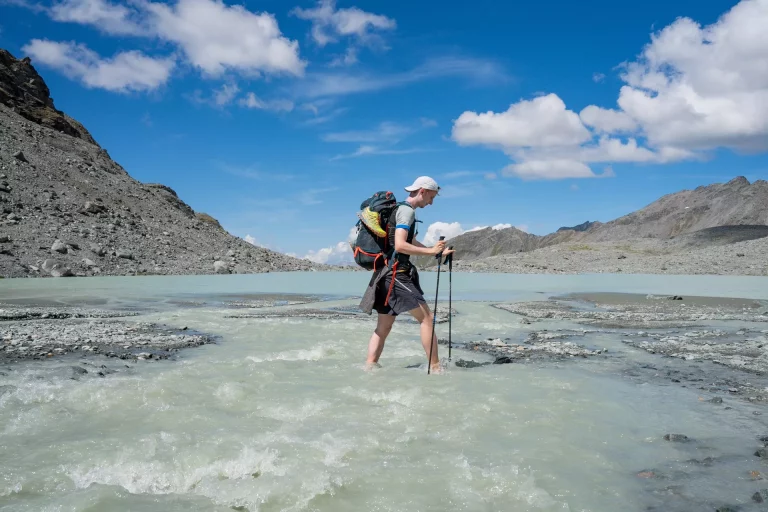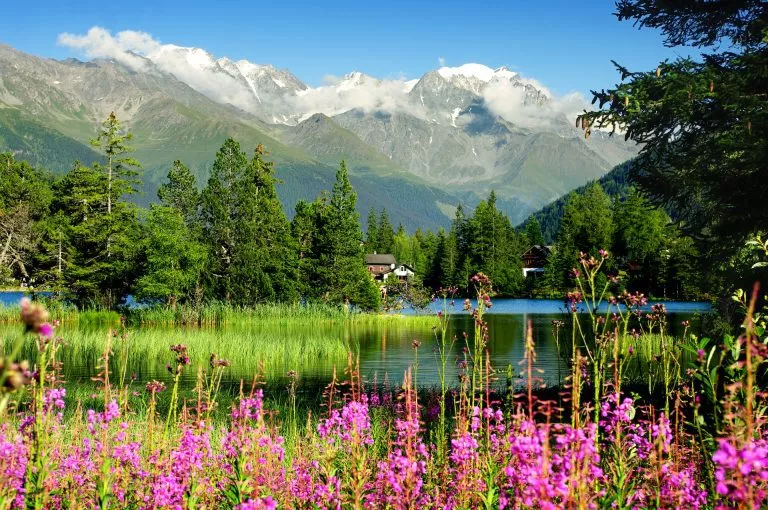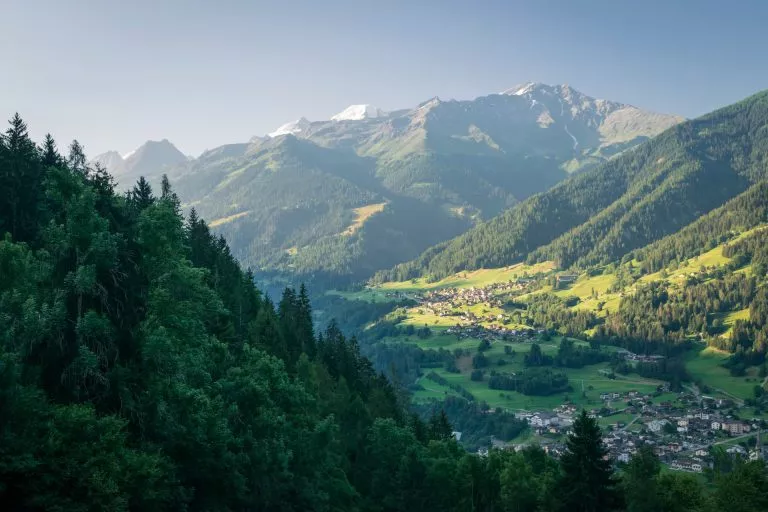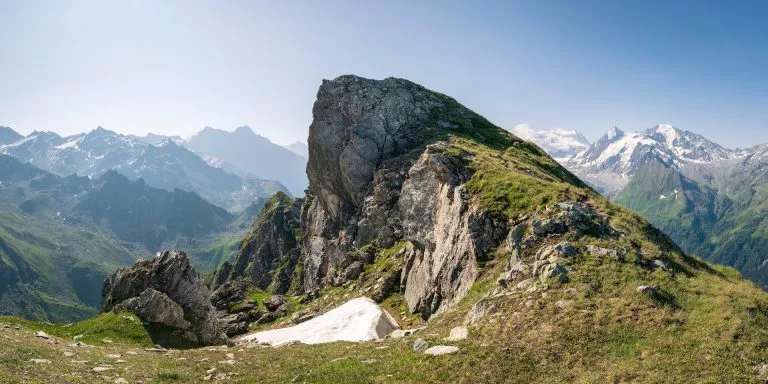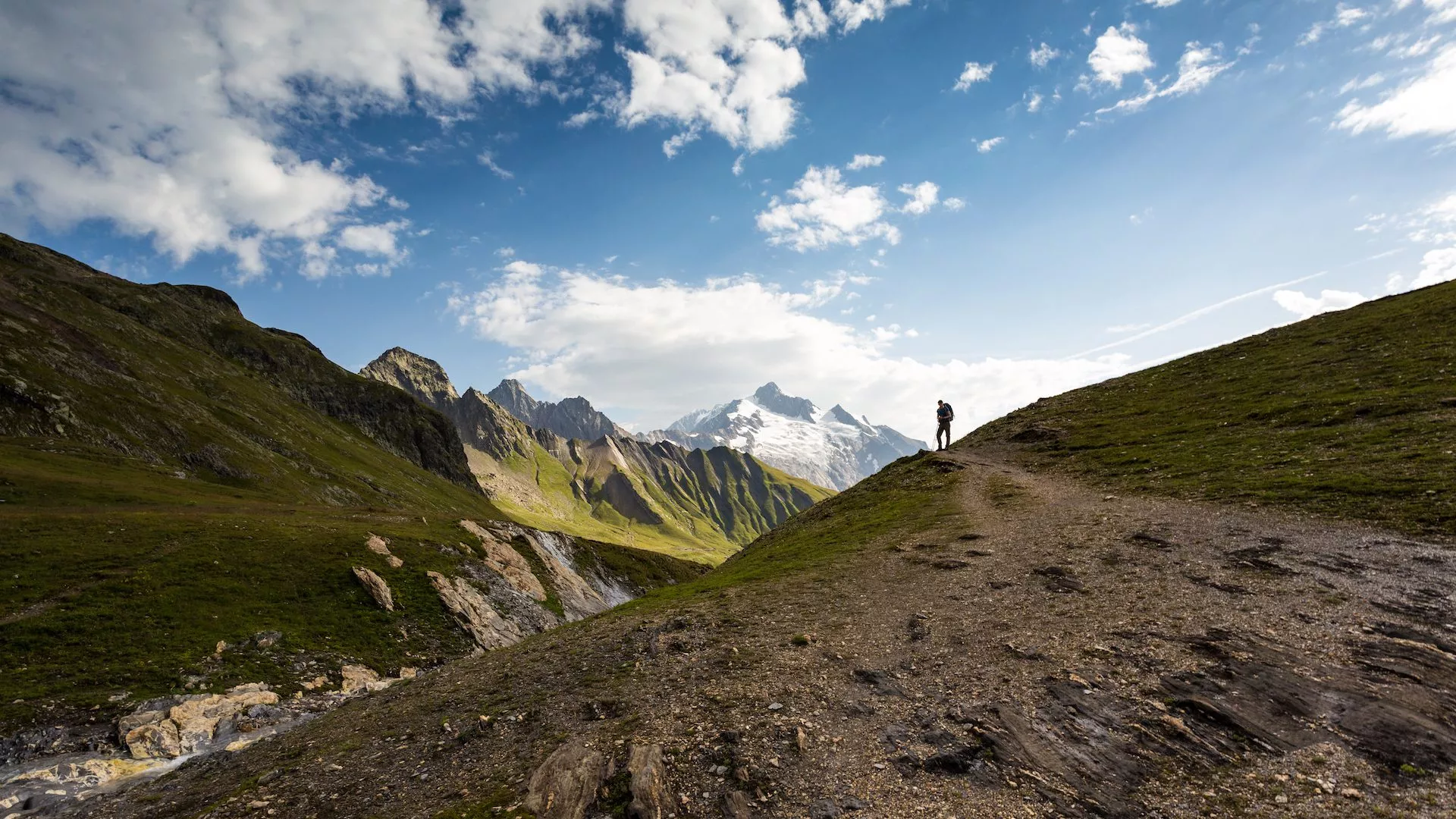
Tour du Mont Blanc Highlights — 5 Day Itinerary
Discover the stunning stages of the iconic trek in Italy, Switzerland, and France
Hike around Mont Blanc, the highest peak in Western Europe
Start and end your journey in Chamonix, the outdoor adventure capital
Experience the condensed 5-day version of the Tour du Mont Blanc, without sacrificing the best parts
Spend a night in a secluded mountain hut and savor the delicious Alpine cuisine
Itinerary
The day is set aside for arrival, with options to go to either Chamonix or directly to Courmayeur where the hike begins. Both towns offer ample outdoor gear stores, ensuring that you can obtain any missing equipment you may need.
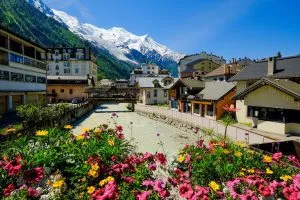
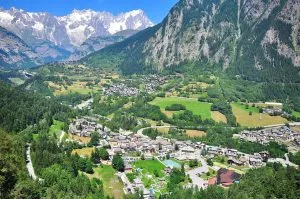
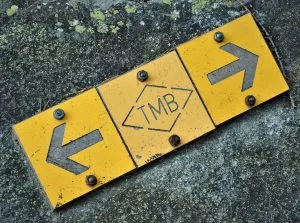
If staying in Chamonix, take a bus to Italy through the Mont Blanc Tunnel. If in Courmayeur, enjoy a leisurely morning.
The day begins with a walk through the alpine town, followed by a steep ascent up the mountain path. Stop for an espresso at Rifugio Bertone before making a choice:
- Take the classic TMB route along the mountain’s flank with panoramic views of the massif and Val Ferret, or
- For good weather, hike higher and reach the mountain ridge for a peaceful, scenic experience on one of the TMB’s most serene parts. Traverse the ridge of Mont de la Saxe and take in all the stunning 360-degree views.
End the day with a descent to Rifugio Bonatti, a mountain hut with breathtaking views of Mont Blanc.
12 km; 1080 m of elevation gain and 280 m of elevation loss
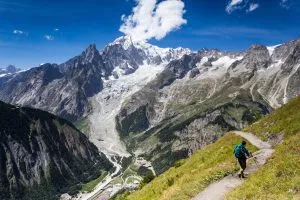
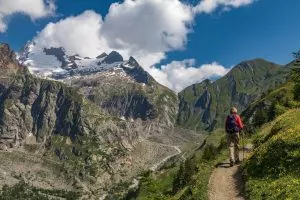
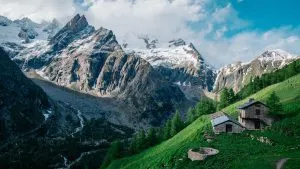
After breakfast, head down to Val Ferret. Hike towards Grand Col Ferret and cross into Switzerland, marking a change in the landscape. Take in the stunning views of Grand Combin and Grande Jorasses before descending into the Alpine village of La Fouly. Here, look for Mount Dolent, the tri-border between France, Italy, and Switzerland, before taking the bus to the lake town of Champex-Lac where you’ll spend the night at an auberge.
18 km; 910 m of elevation gain and 1340 m of elevation loss
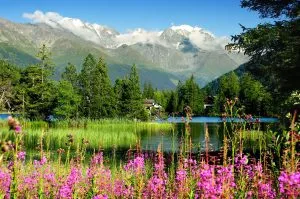
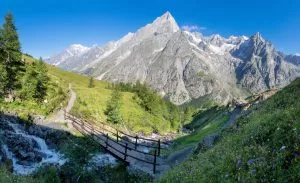
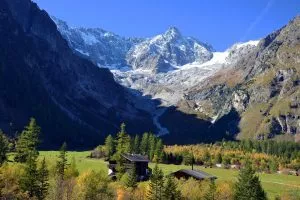
Choose from two options to spend your last day in Switzerland:
- Option 1: Ascend Col de la Forclaz for views of the Rhone Valley. This is the easier route, offering a scenic circumvention of the mountain with breathtaking views of Val Valais.
- Option 2 (for good weather and energetic legs): Cross Fenetre d’Arpette for a more challenging, yet scenic and wild, experience.
Both options ultimately lead to Trient, where you’ll stay at a cozy auberge.
15 km; 860 m of elevation gain and 1030 m of elevation loss
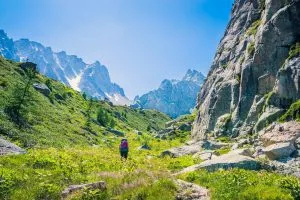
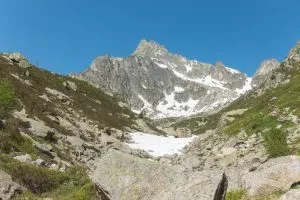
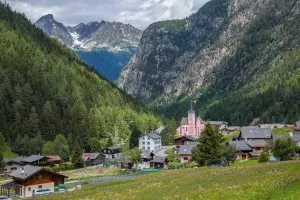
Begin the day with an ascent to Col du Balme, where the end of the journey is in sight. From the refuge, take in the breathtaking views of the entire Chamonix Valley. Continue into France towards Col des Posettes and the ridge of the same name. Marvel at the stunning views of some of the massif’s most iconic parts to the left while making a steep descent to Montroc. From there, board the train back to Chamonix and conclude the trip by 4 pm.
Enjoy free time in the evening, either in Geneva for an evening flight or in Chamonix to celebrate. Let us know in advance for assistance in planning.
13.5 km; 1150 m of elevation gain and 1060 m of elevation loss
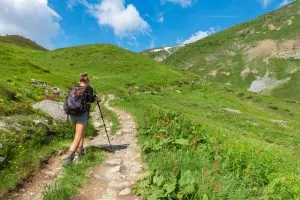
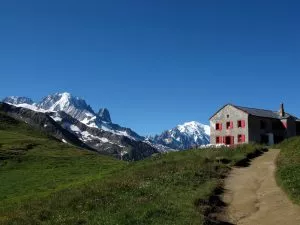
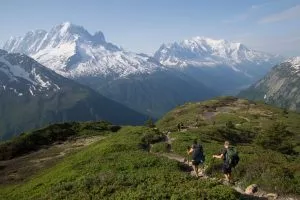
Pricing
Included in price
4 x Accommodations with half-board
Tour design and organization
A booklet with detailed itinerary and route instructions
GPS navigation with an easy-to-use app
Service and support during your hike
What to bring to the tour
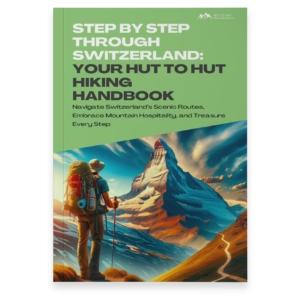
An In-Depth Exploration of All Things Hut to Hut Hiking Switzerland
Enter your mail below and get your free E-Book!
Description
The Tour du Mont Blanc, one of the world’s most iconic hiking trails, is finally within reach! Enjoy a compact version of the TMB, hiking through three countries and taking in the best parts of the trail.
This Tour du Mont Blanc Highlights is designed to give you the chance to explore the diverse alpine landscapes and see the famous Mont Blanc, glaciers, mountain peaks, valleys, and pastures. Experience the local culture and cuisine by staying in peaceful mountain huts, boutique hotels, and authentic auberges.
We want to make it as stress-free and enjoyable as possible, so we’ll take care of all the logistics, including booking accommodations. A detailed itinerary complete with GPS routes will be sent to you a few weeks before your trip, so all you need to do is set off and enjoy the journey.
Don’t miss this opportunity to make your Tour du Mont Blanc dream a reality. If you’re ready for an unforgettable adventure, inquire about the tour as soon as possible! Otherwise, the accommodations might be already booked and full, because of the immense popularity of this hike.
Map
Things to know
The summer season for hiking is usually from mid-June to mid-October. Its start depends on the amount of snow left on the high mountain passes from the winter. The Walker’s Haute Route and Via Alpina have some high passes, which are usually free of snow only in July. Hiking before that could be dangerous without proper skill and equipment. In October, there is usually the first bigger snowfall, and the huts close to prepare for the winter ski season.
Read more about the hiking season in the Swiss Alps here.
We’ve rated our tours on a difficulty scale from 1 to 5 — with 1 being the easiest and 5 the most difficult.
The difficulty level of a tour tells you how fit you need to be and how much hiking is involved. Most of our tours are appropriate for people who are regularly active and can hike for about five to seven hours per day.
Technical difficulty means how skilled you need to be to hike on the path. Level 1 means the trail is smooth and wide (like a gravel road), while 5 means the surface is uneven and exposed, and you have to use your hands to help yourself move forward. In practice, that means that the higher the level, the more surefooted and skilled in scrambling you need to be.
It is best to book your tour early because most accommodations along the trail fill up quickly. That way, you can ensure that you have a place to stay.
Even though the routes are usually quite close to at least a farm or a small village, they also feature lots of wild and remote sections where you cannot just stop. In case of injury, it’s best to call the local emergency services.
On the other hand, if you just feel that you cannot hike anymore, you can always stop in any of the towns and villages along the way and use public transport to get to a bigger Swiss city.
Showers in Swiss mountain huts are rare and are only offered for an extra charge. That’s why it’s wise to bring wet wipes with you for the days that you are staying in one of them.
No, because the huts provide their own blankets and pillows. Still, you should bring a sleeping liner instead.
Cell connection is very changeable in the mountains. A good rule of thumb is that if you can see a town, you’ll have a reception. Mountain huts are the same — the signal usually doesn’t reach the insides, so try catching it outside. Wifi is available only in some huts, while most don’t have it.
If you dress accordingly, most stages can be done in light rain. However, do not hike if a storm is forecasted. In that case, you can take public transport to the next point when possible to make up for the lost time.
Vegetarian meals are usually available in most accommodations. Vegan options are harder to be found in huts, but we’re happy to let you know about them in advance so you can plan accordingly.

Self-guided
Hassle-Free
Book with confidence
Tried & Tested Adventures
Unbeatable support
Similar Switzerland Hiking Tours

An In-Depth Exploration of All Things Hut to Hut Hiking Switzerland
Enter your mail below and get your free E-Book!



